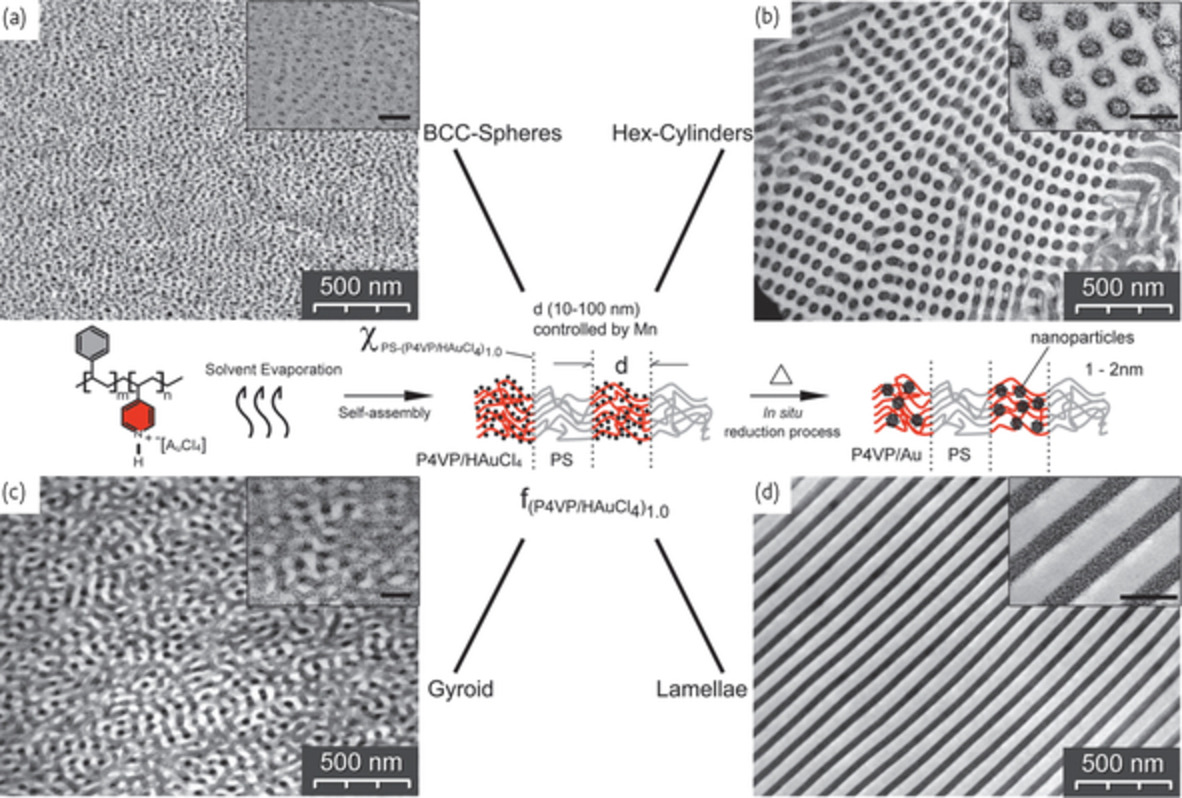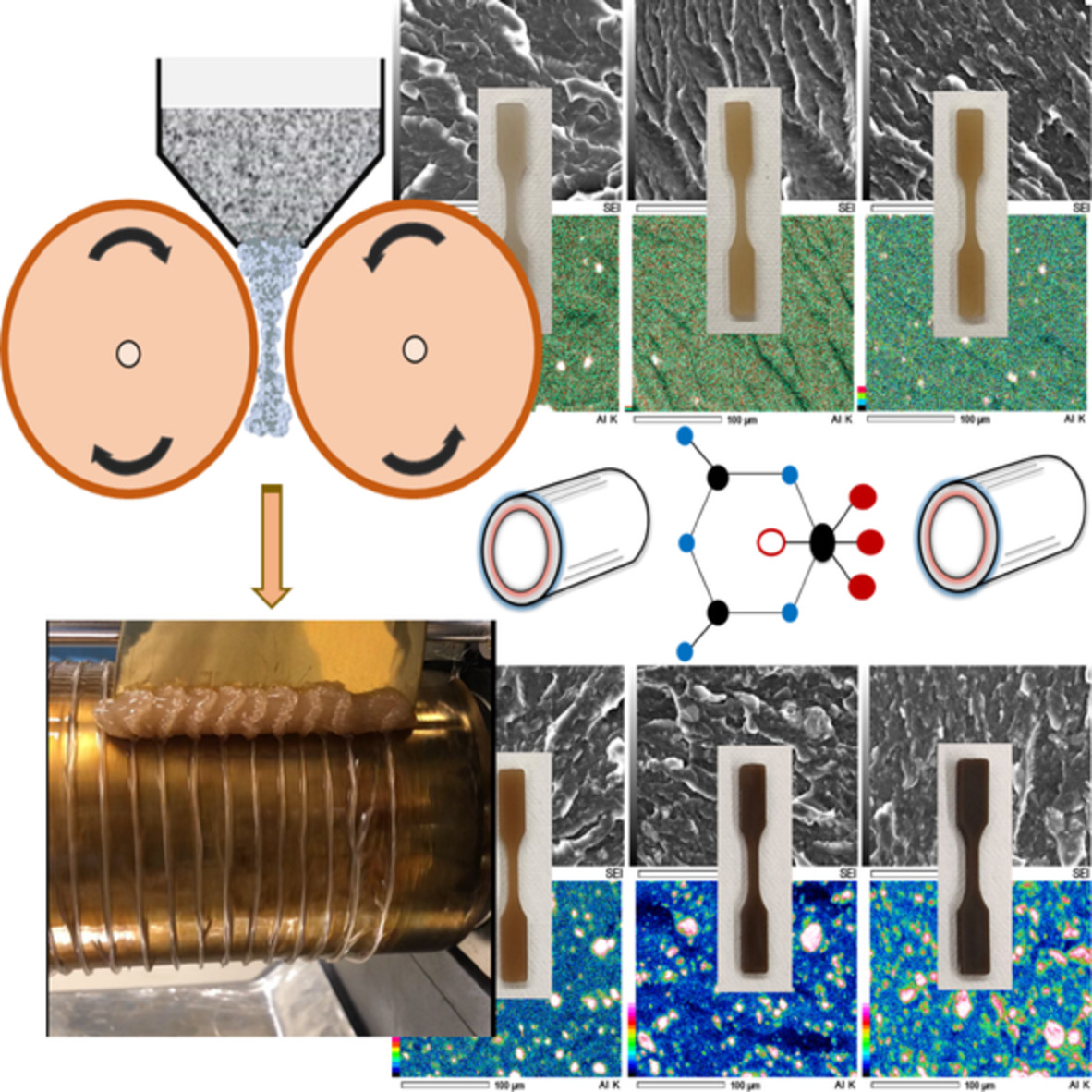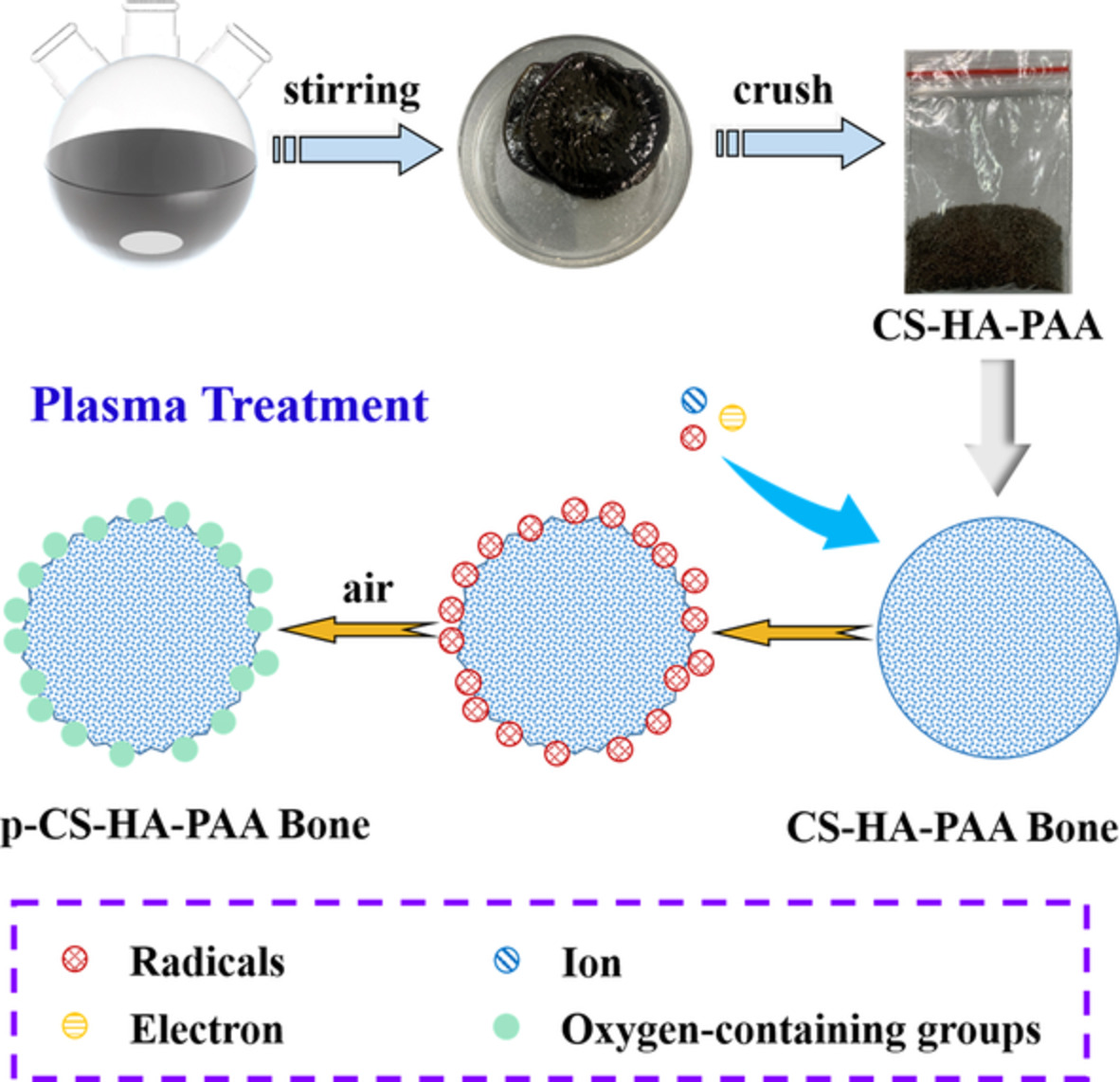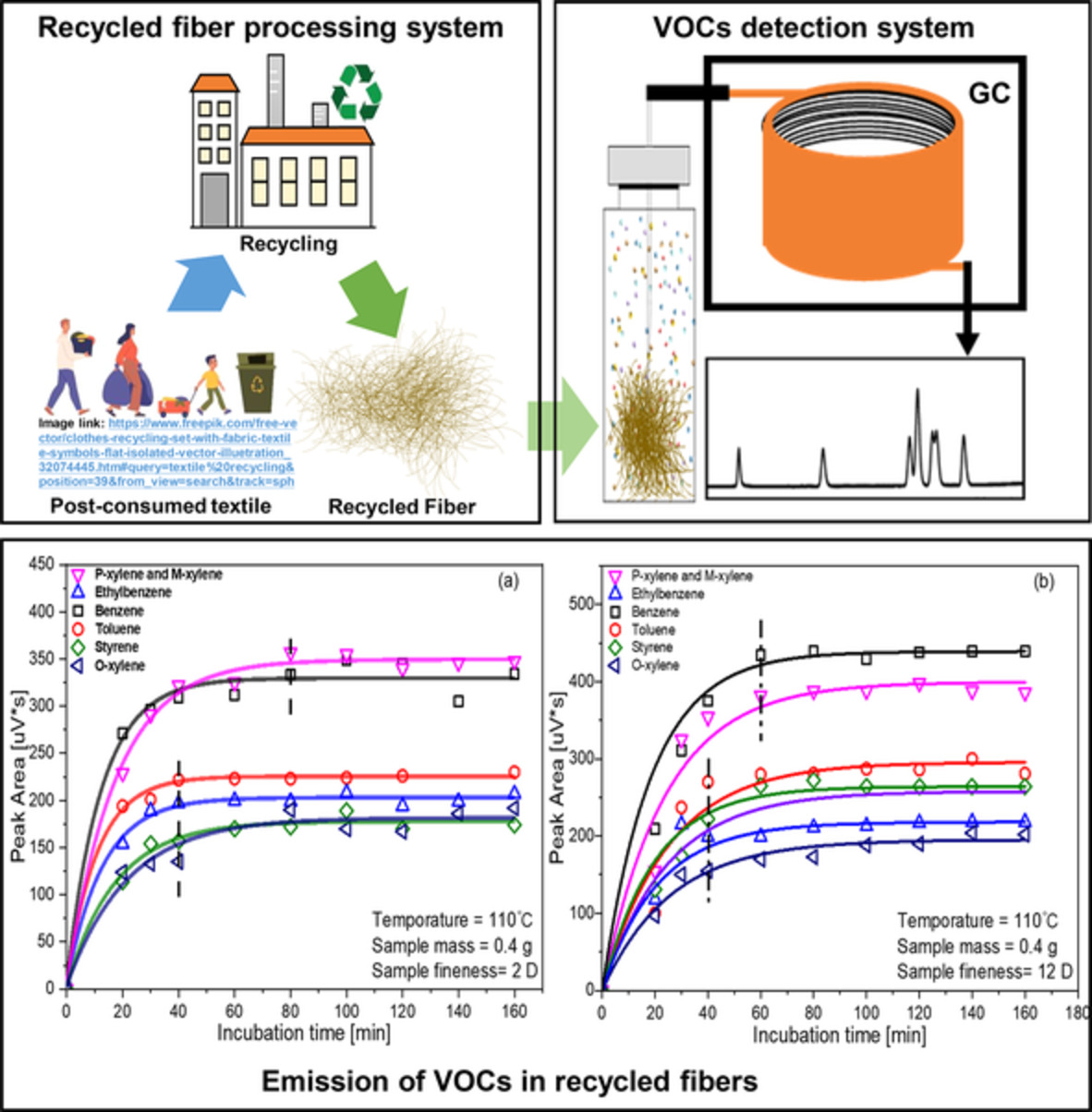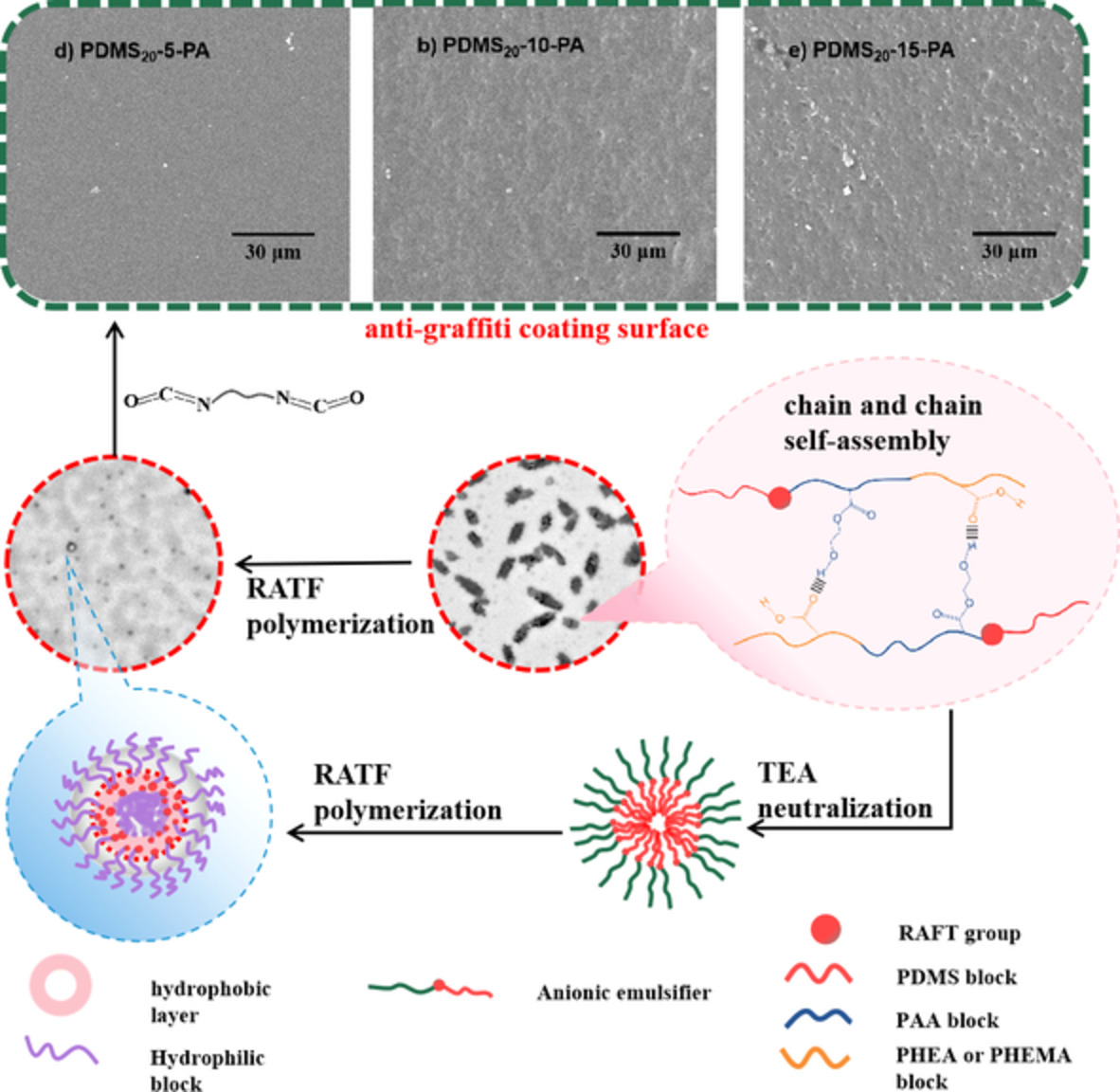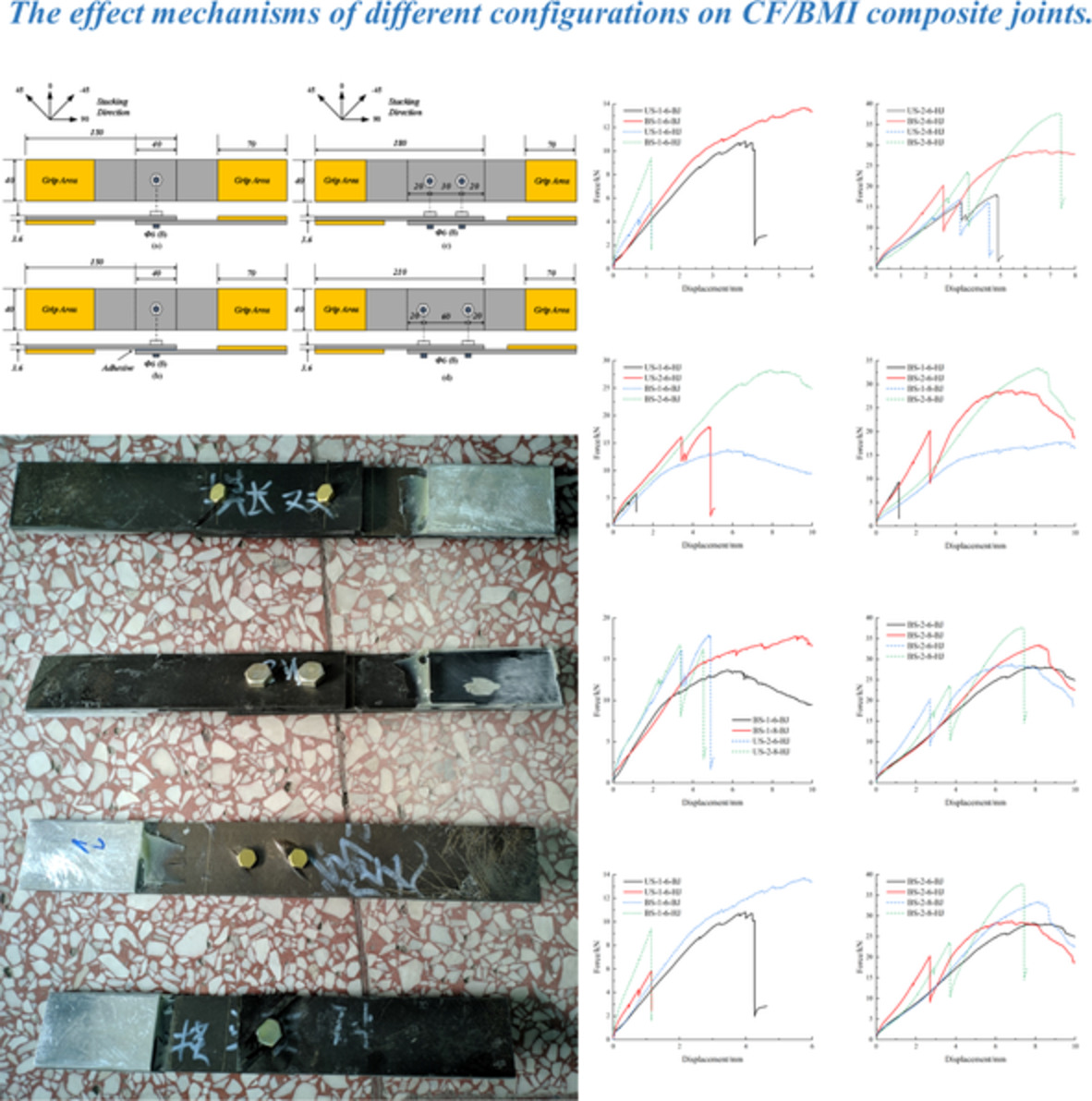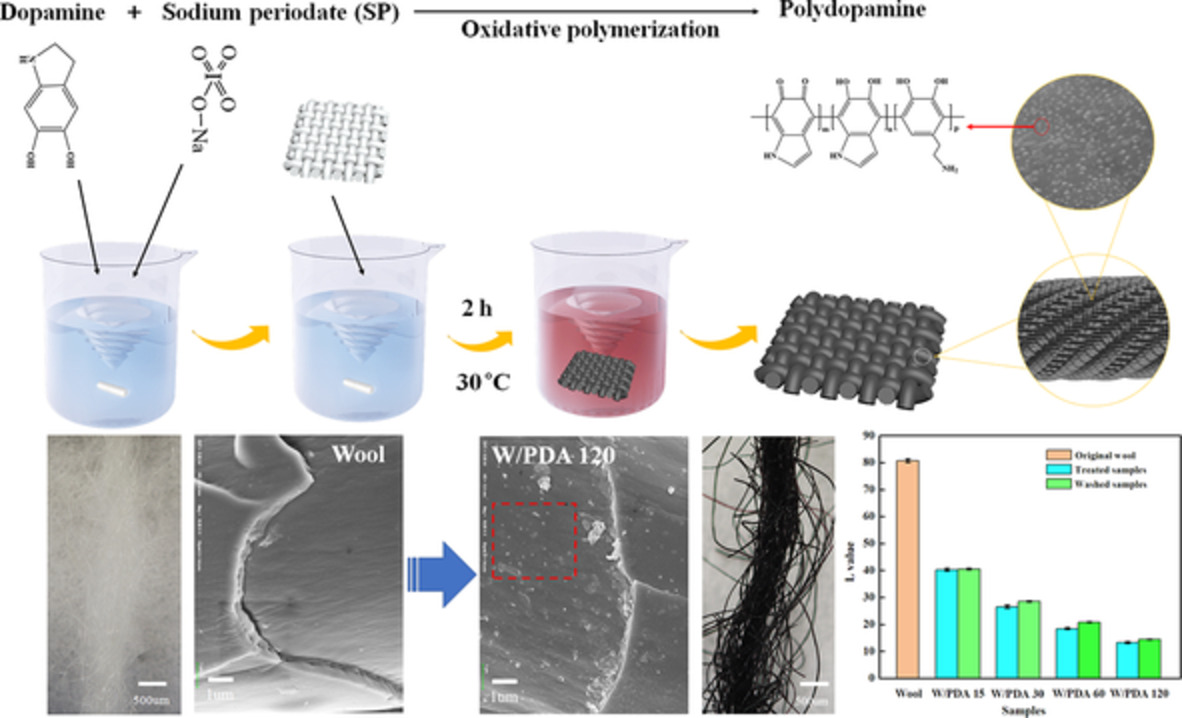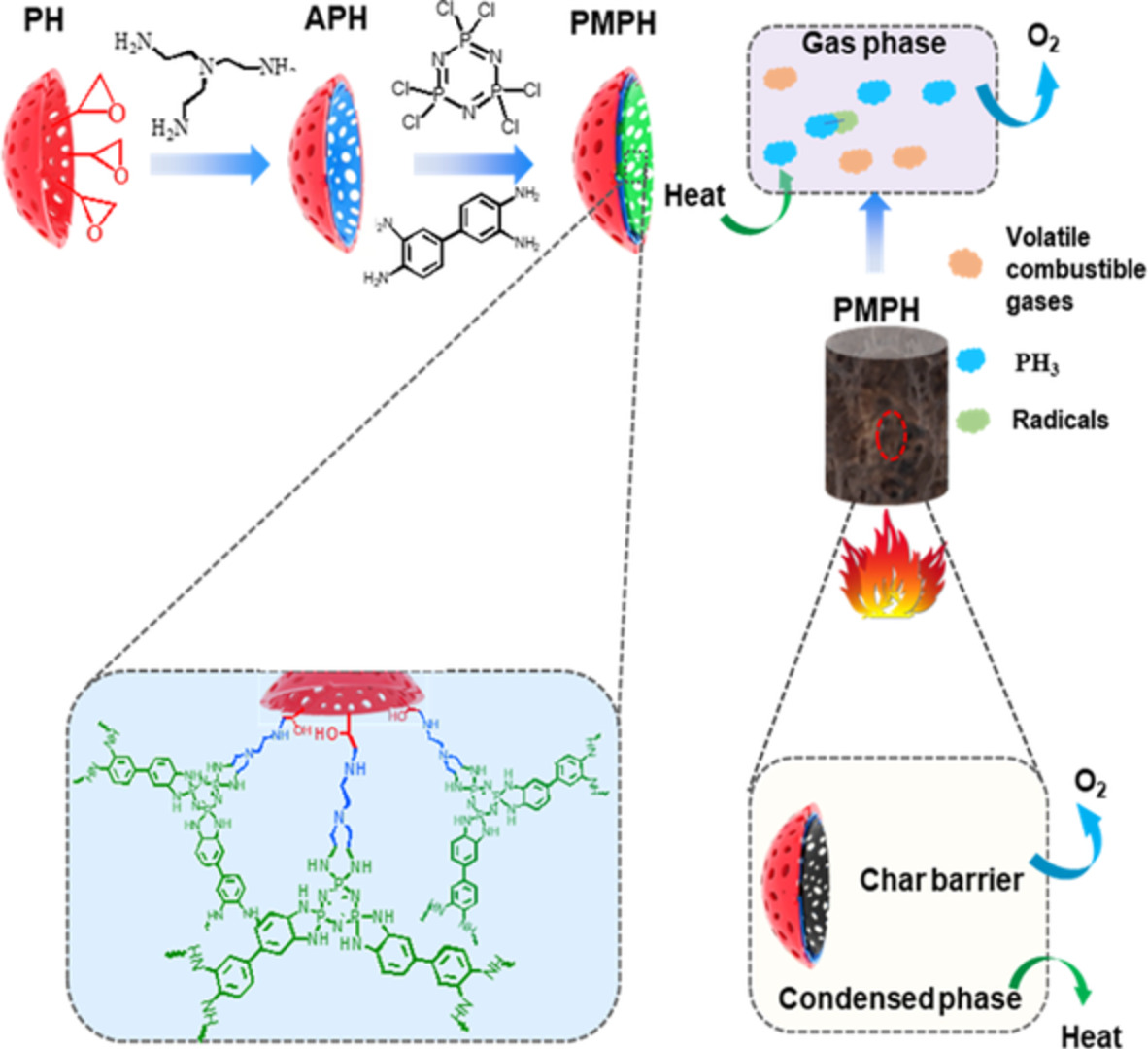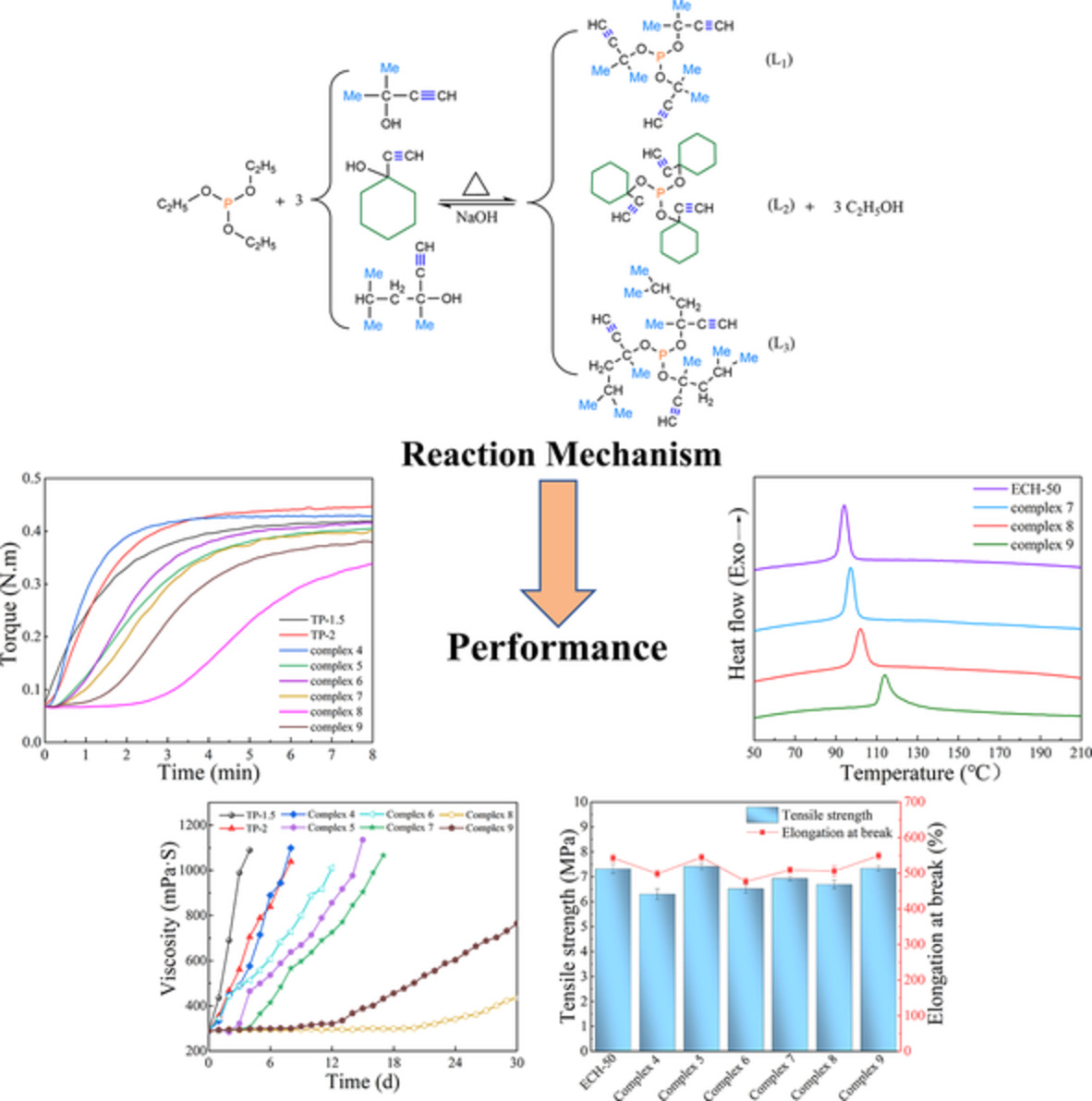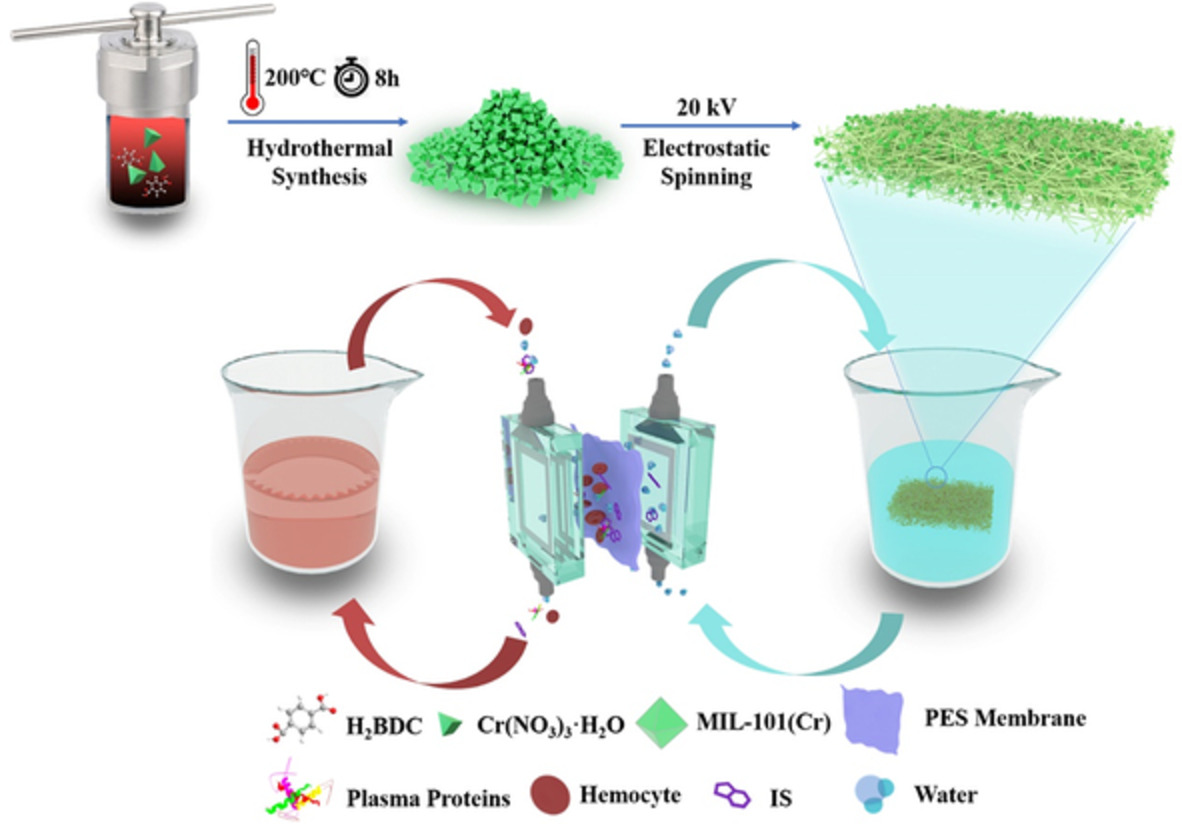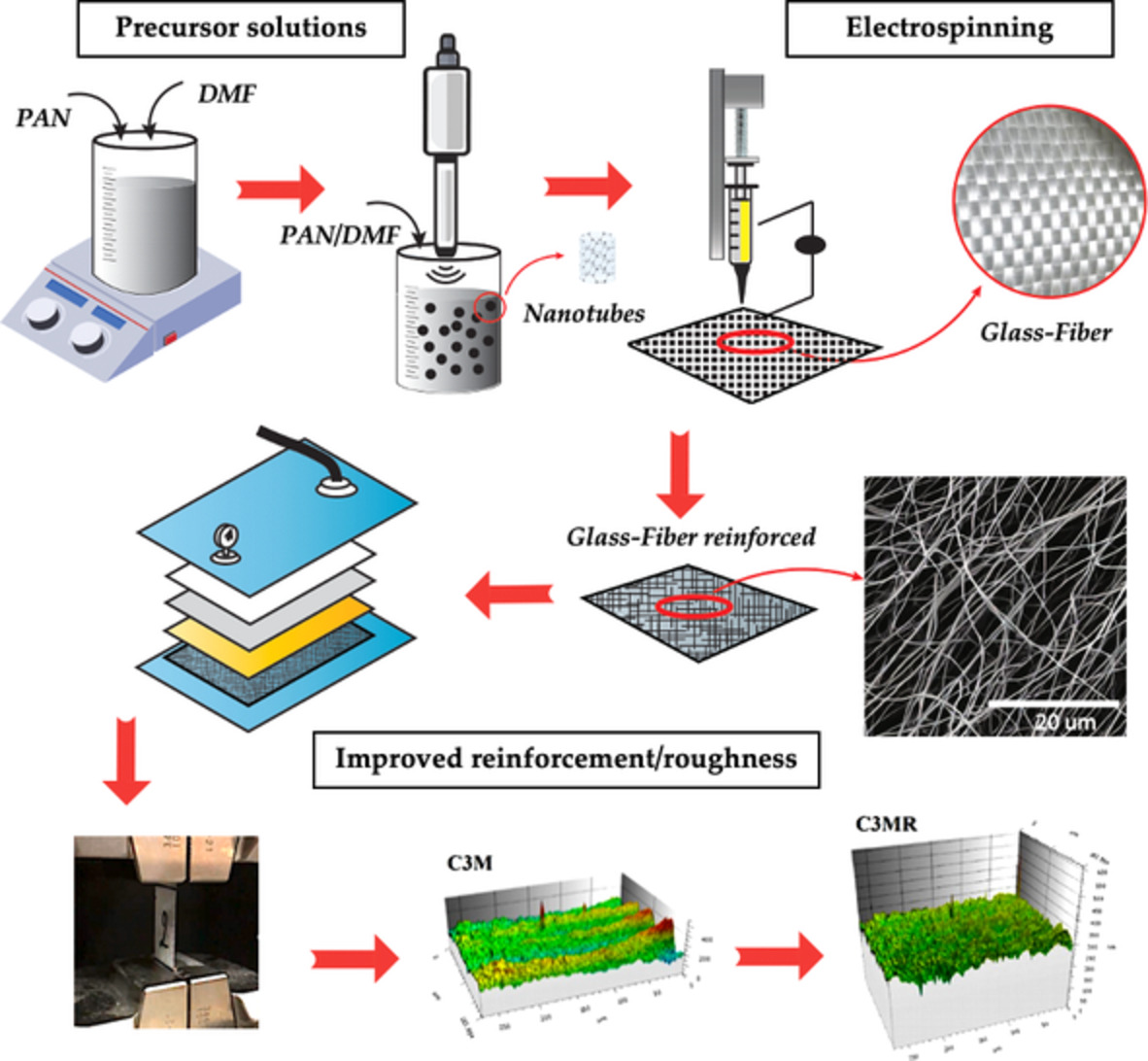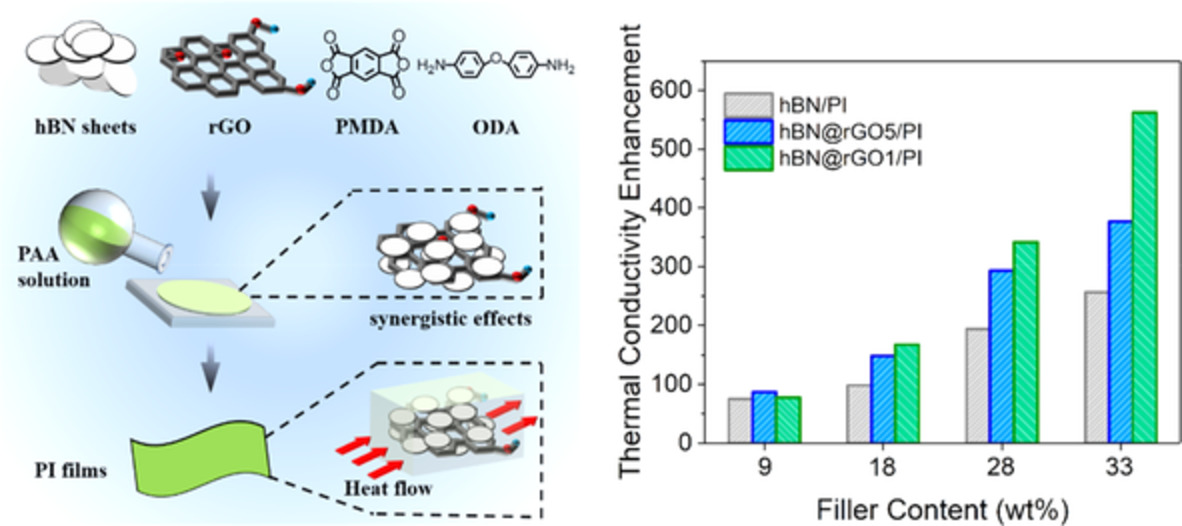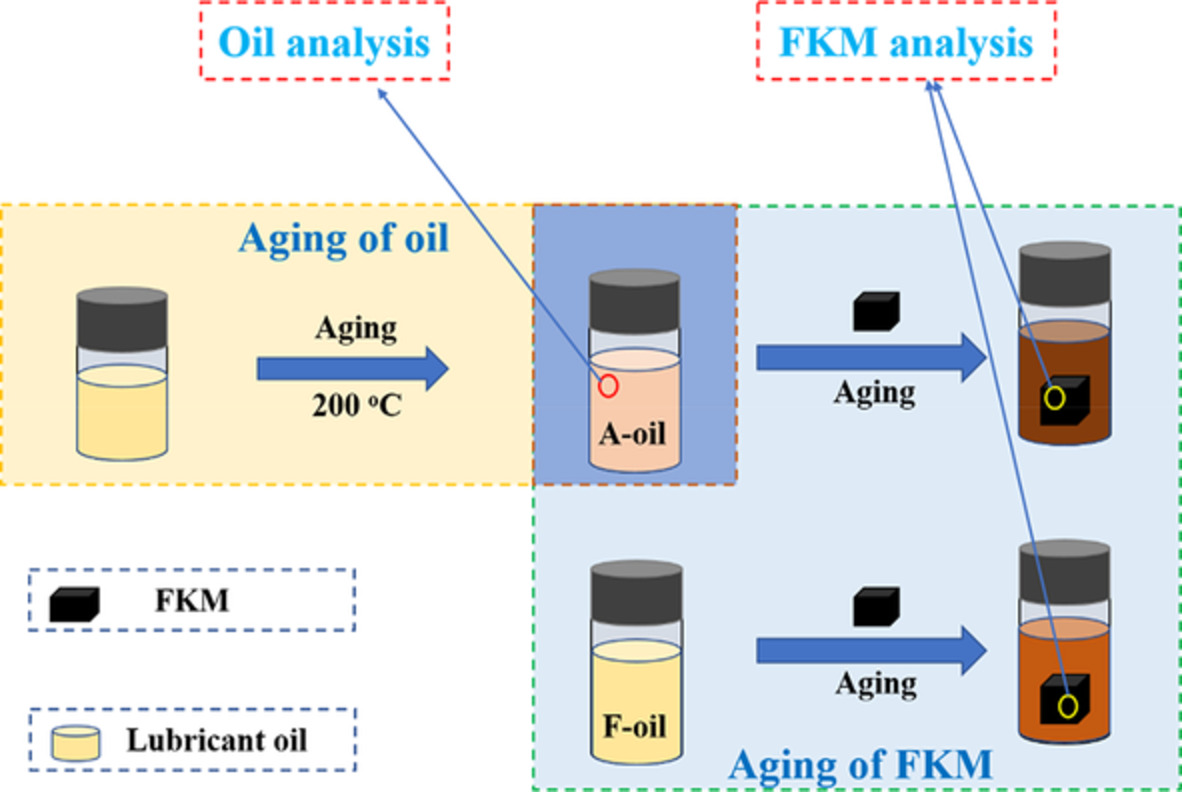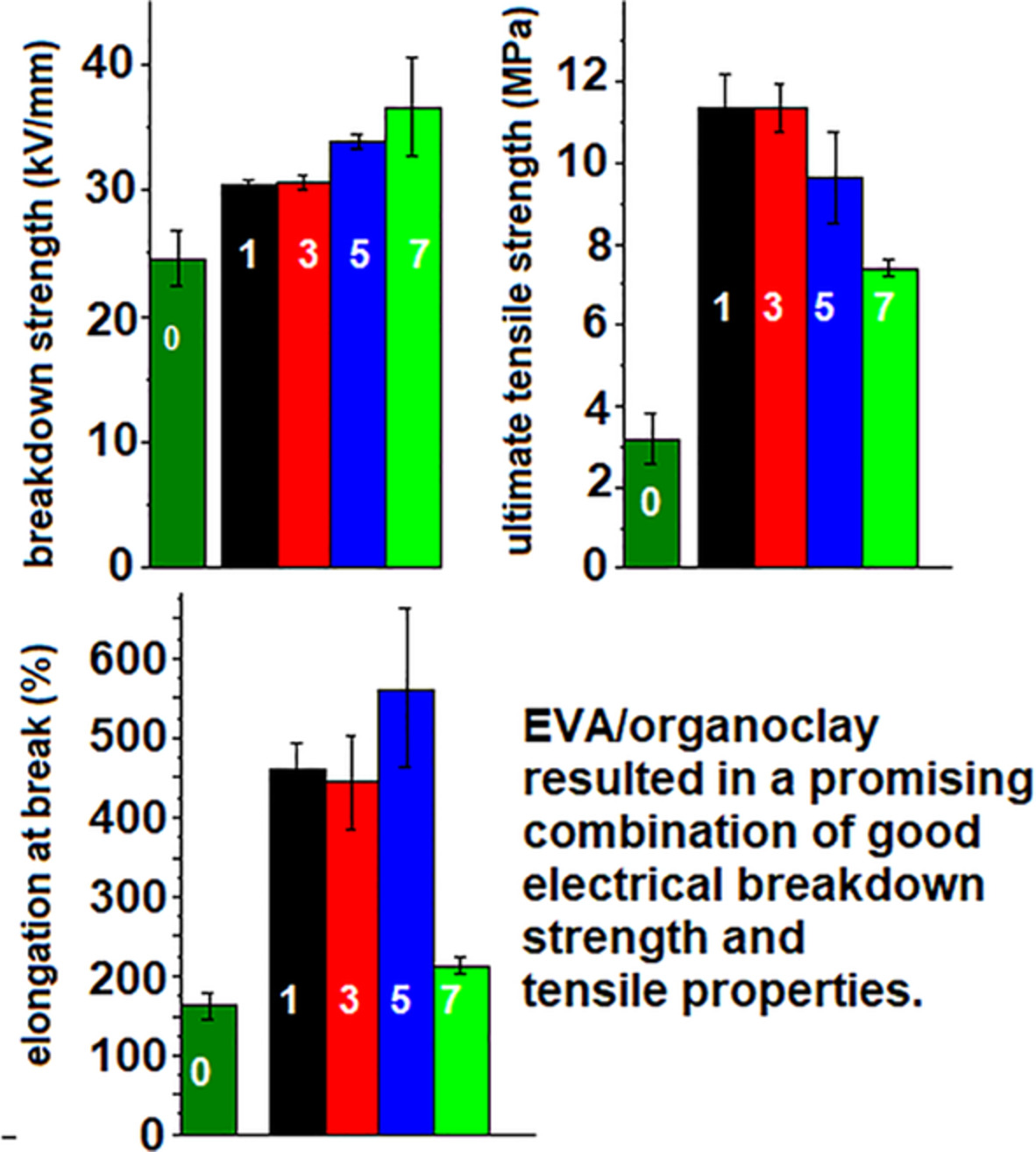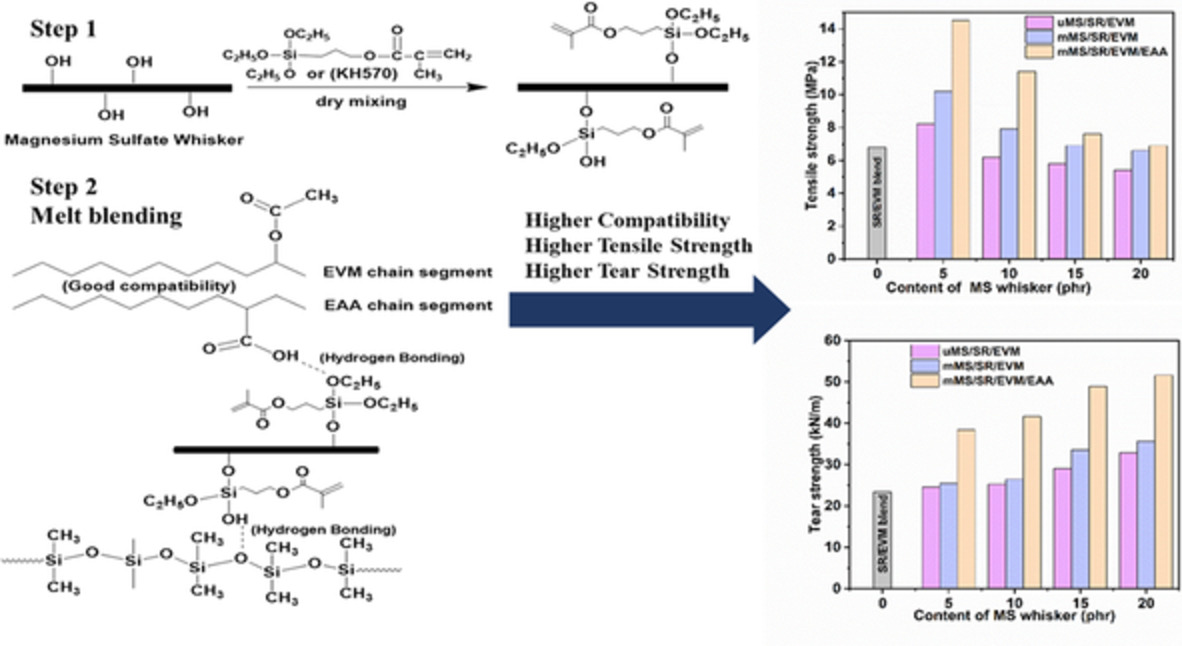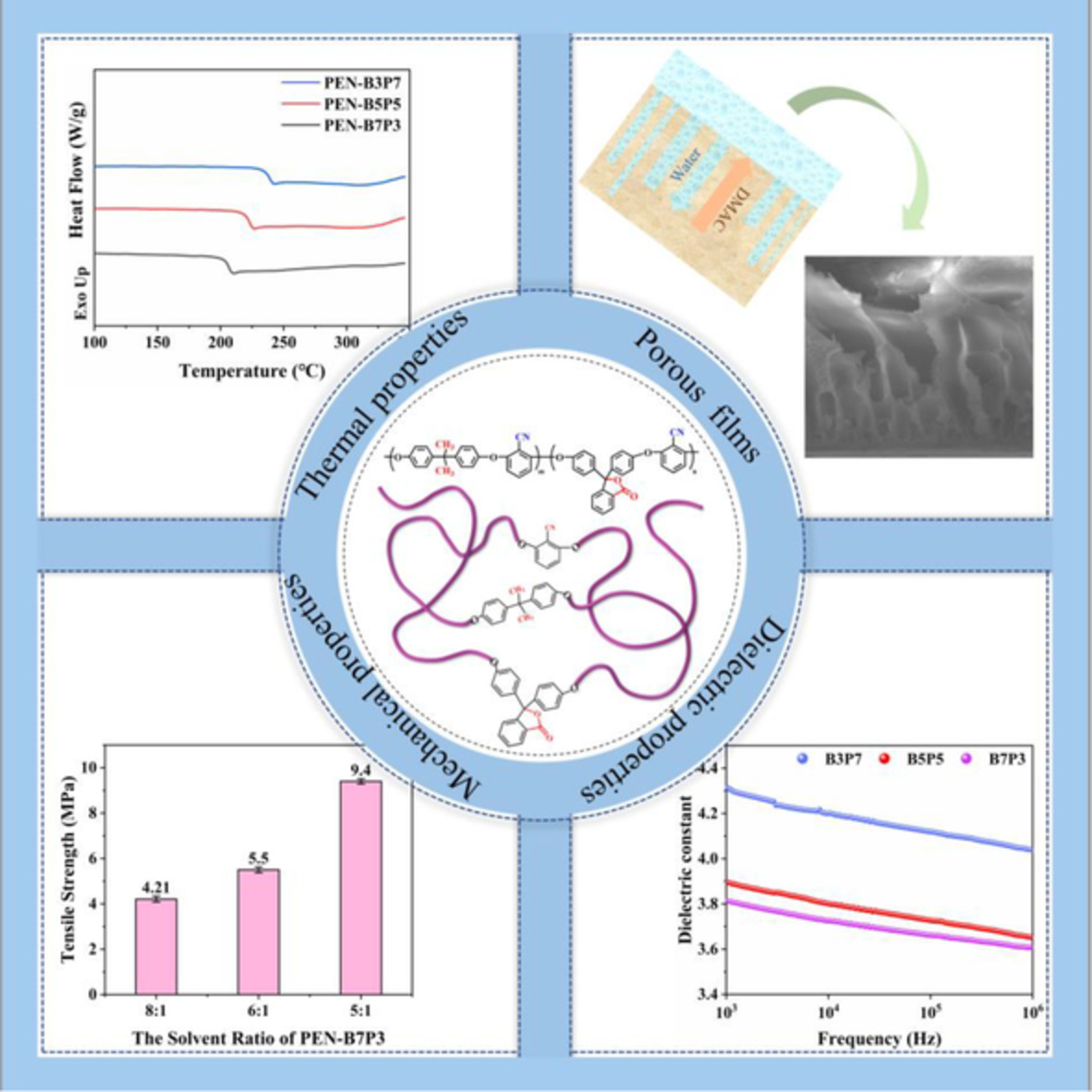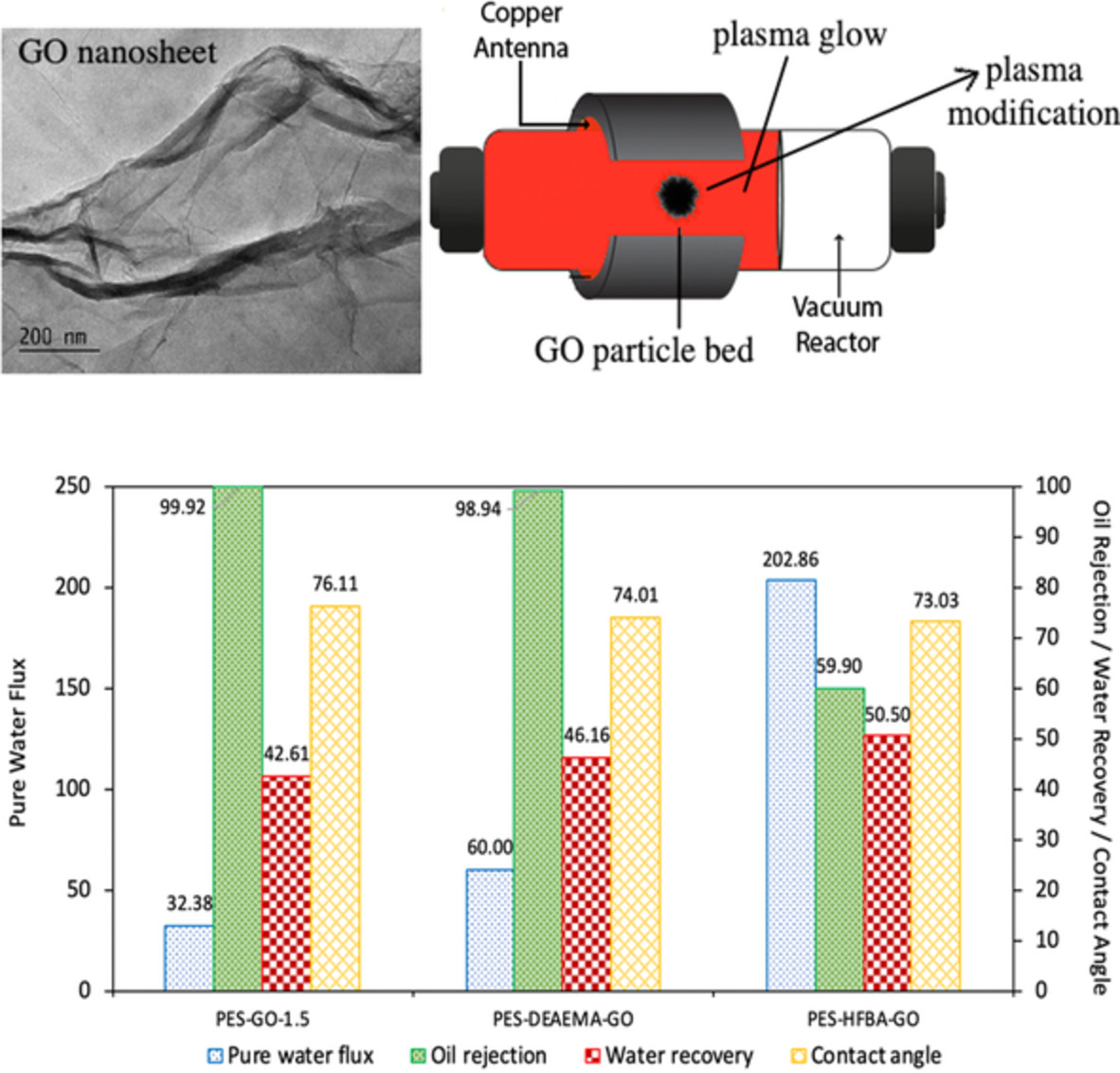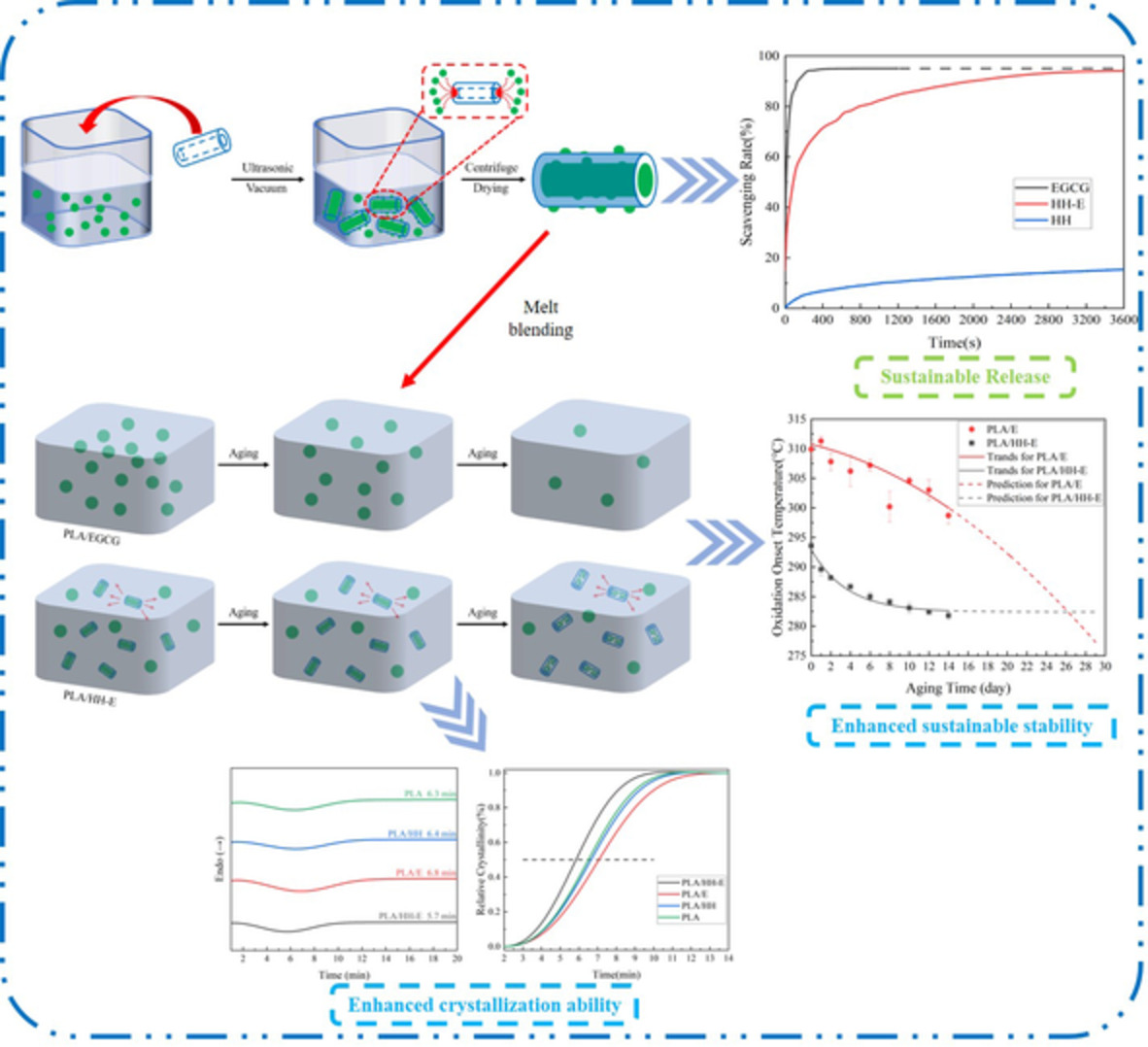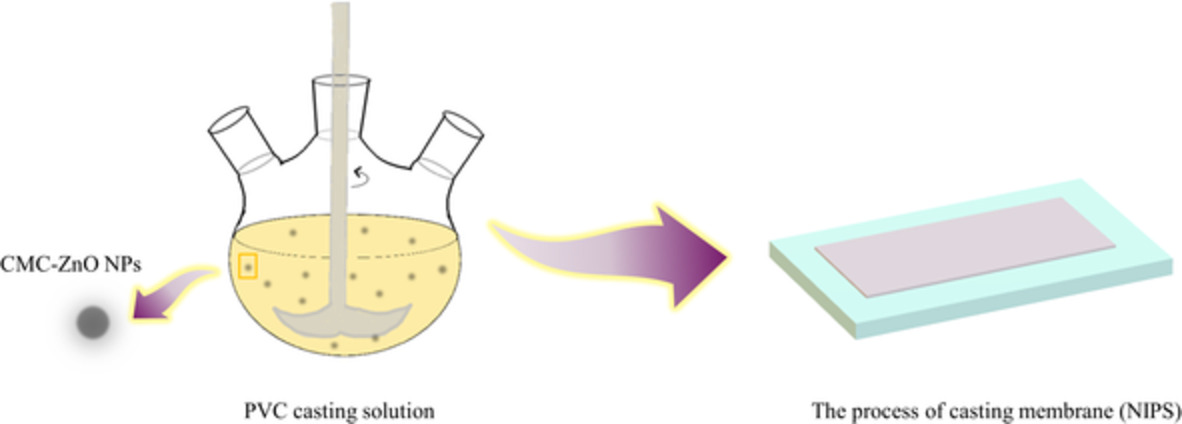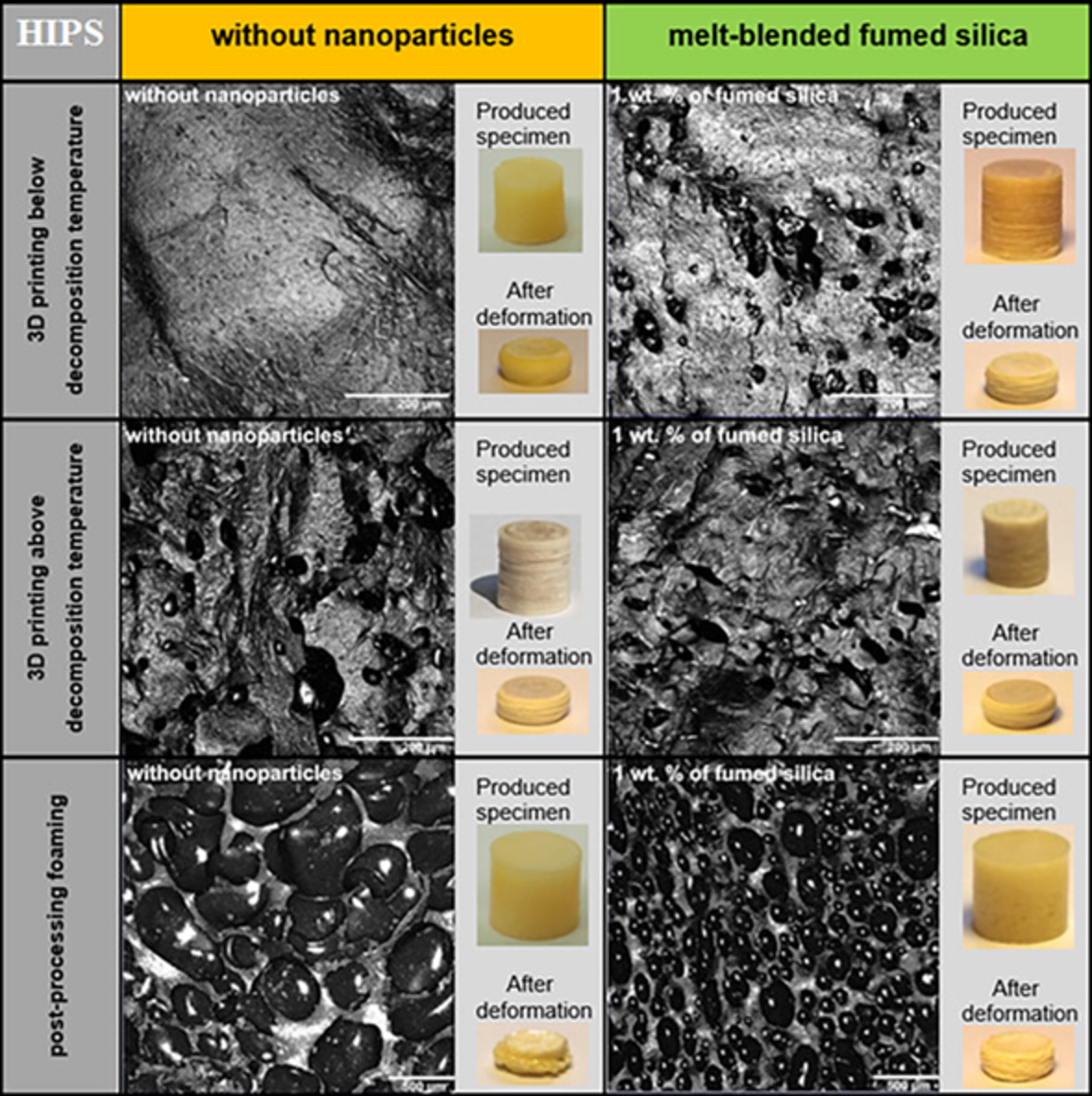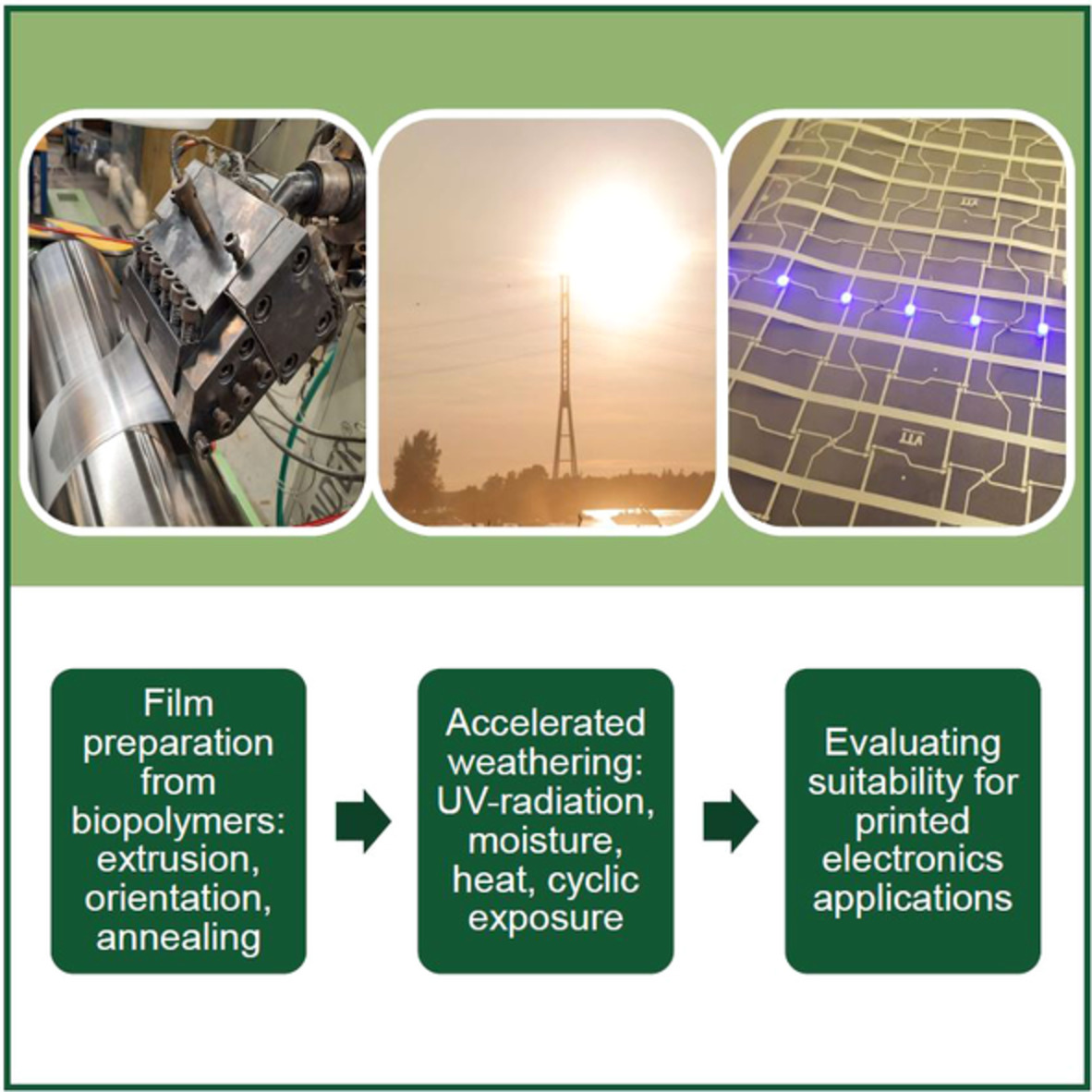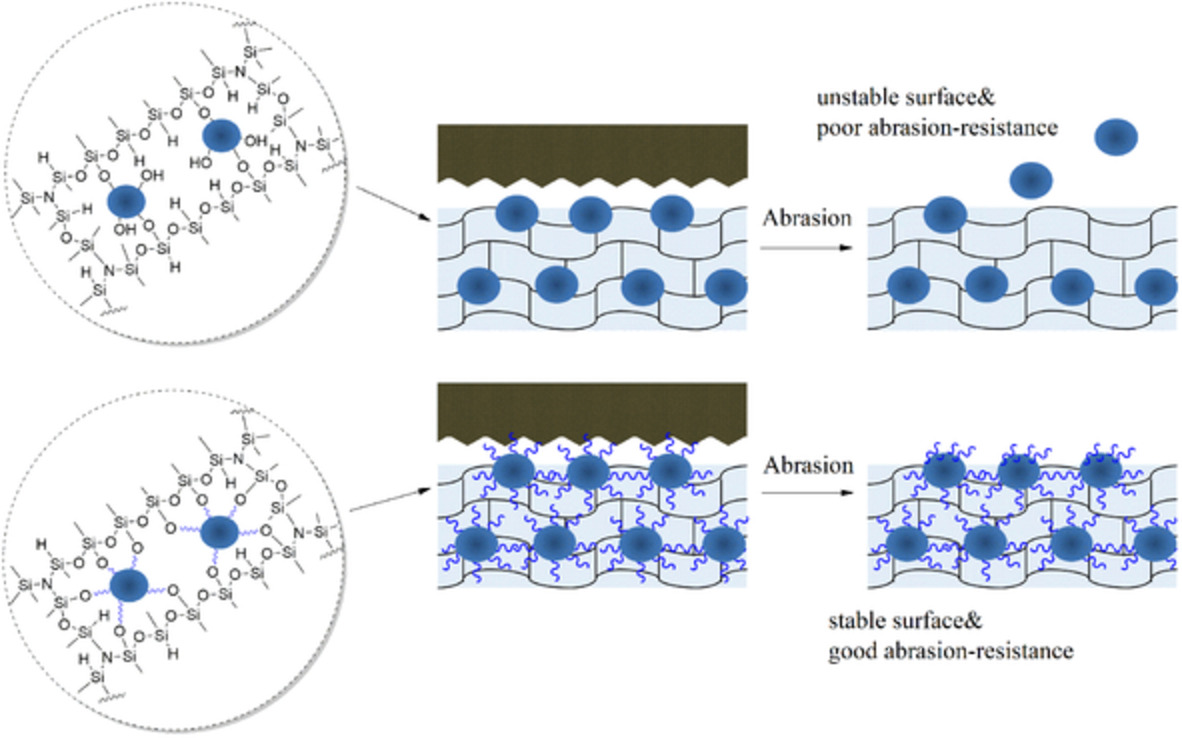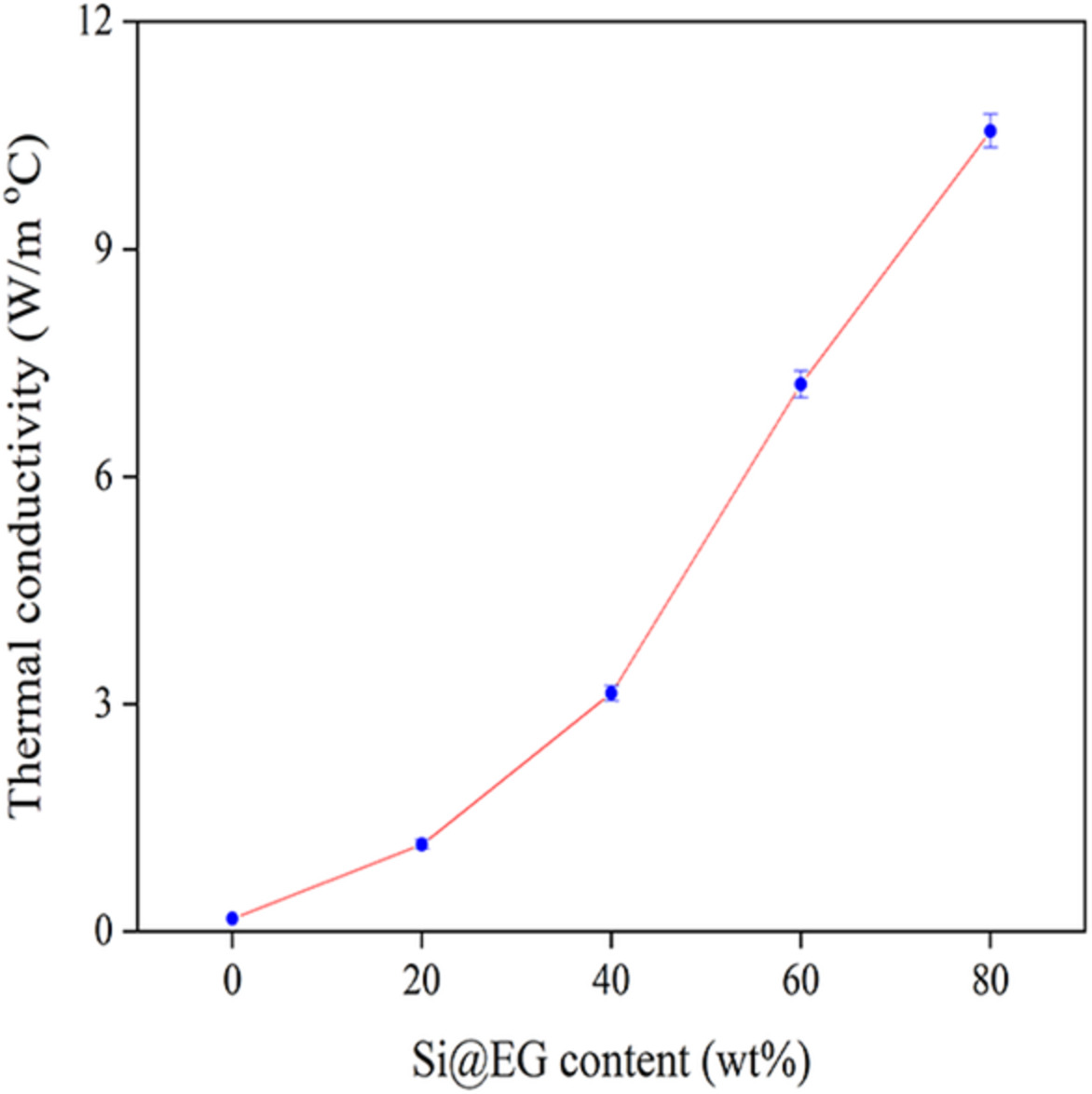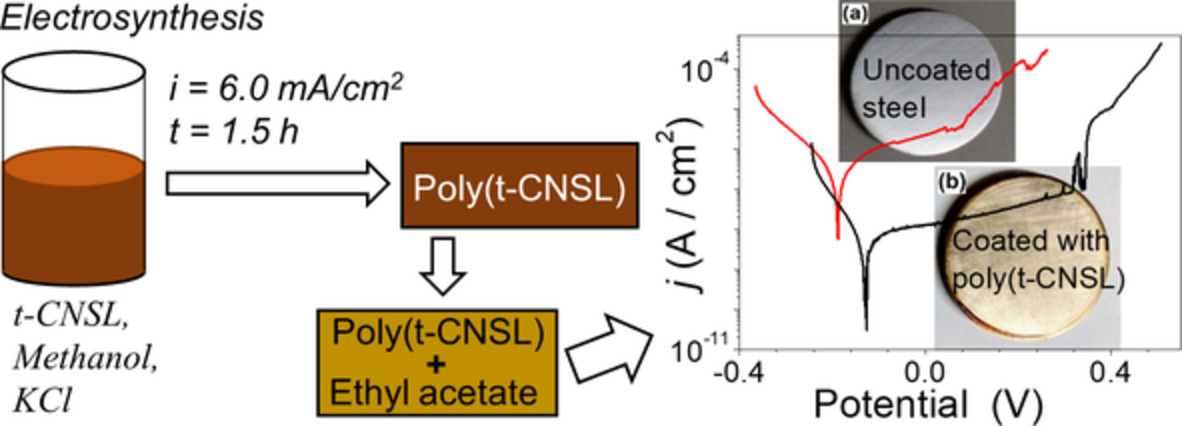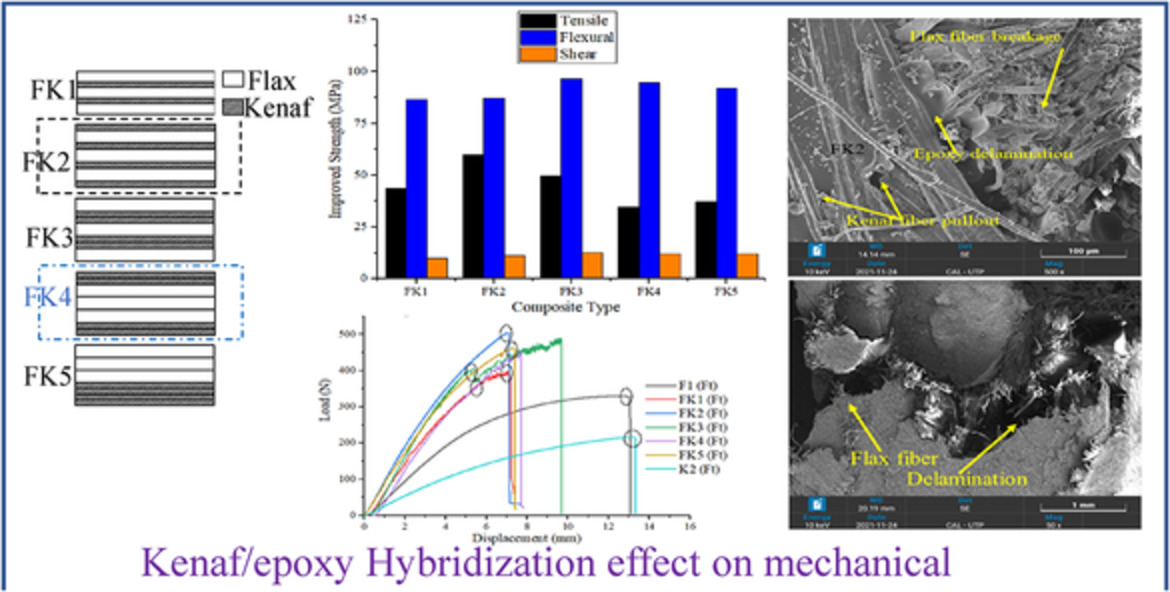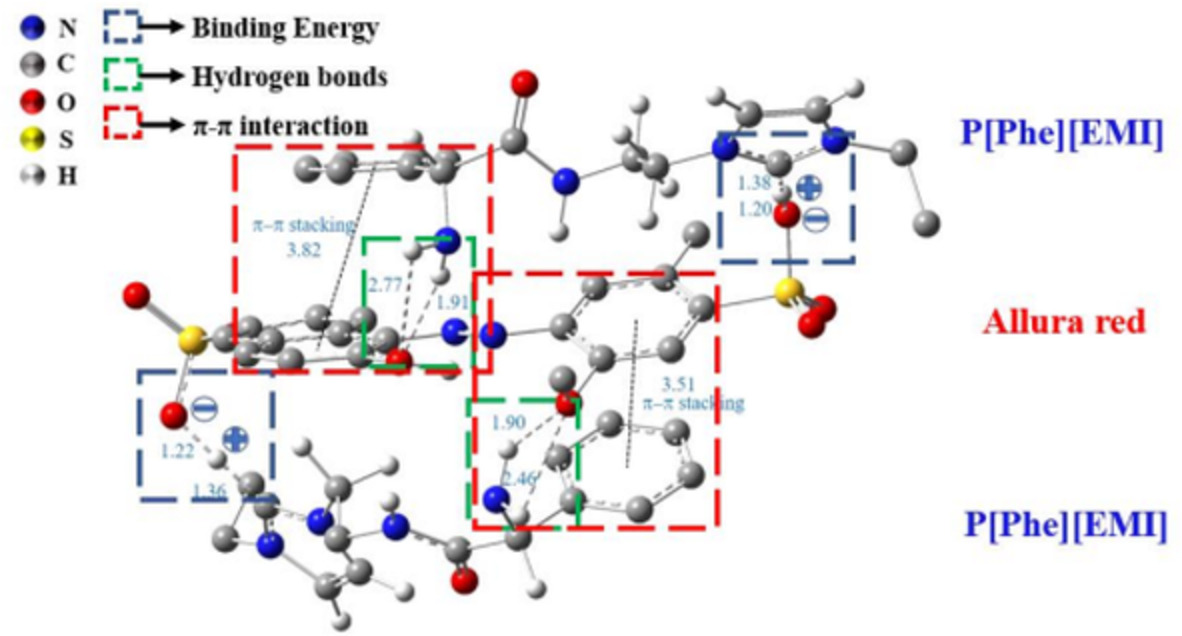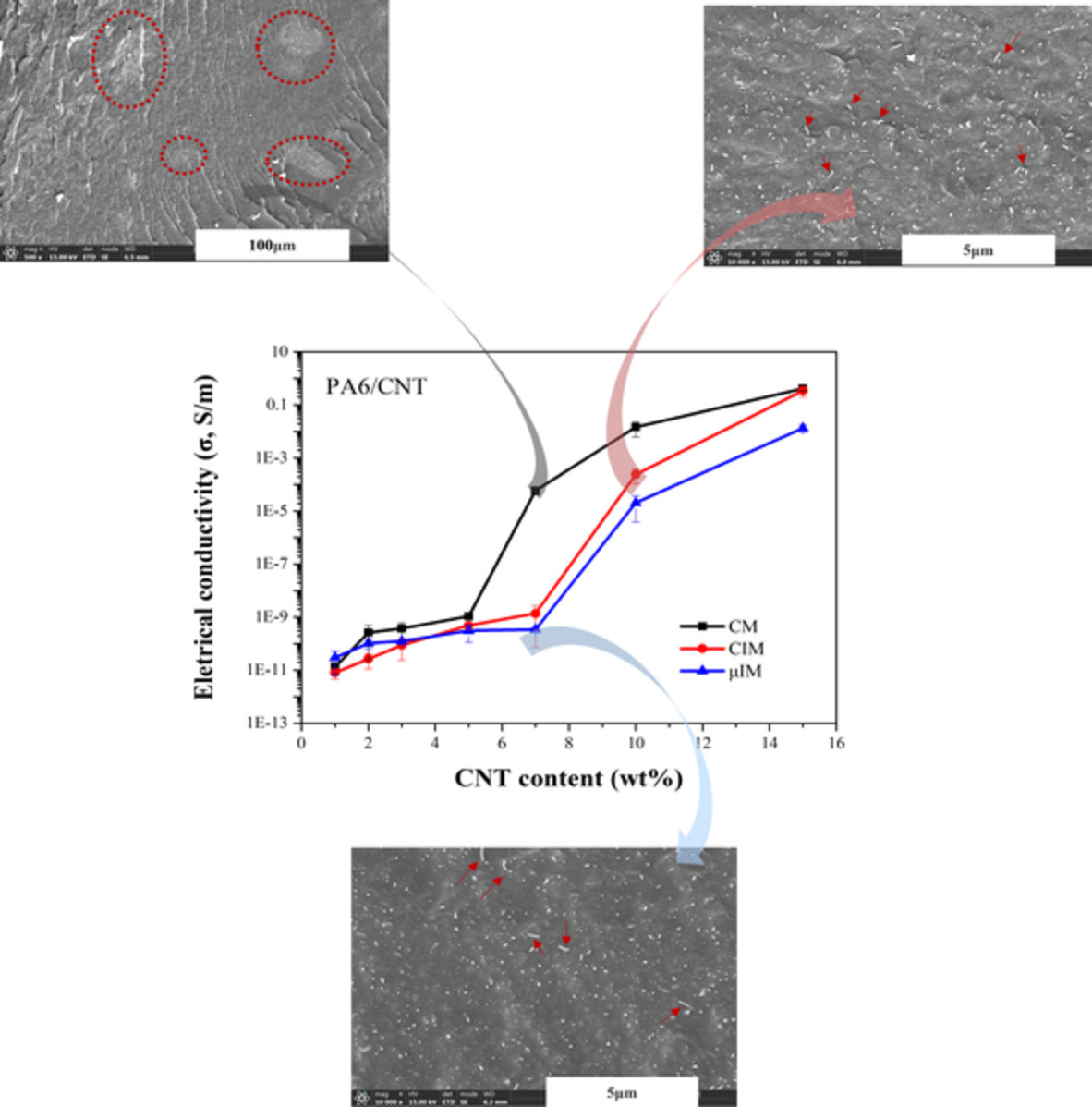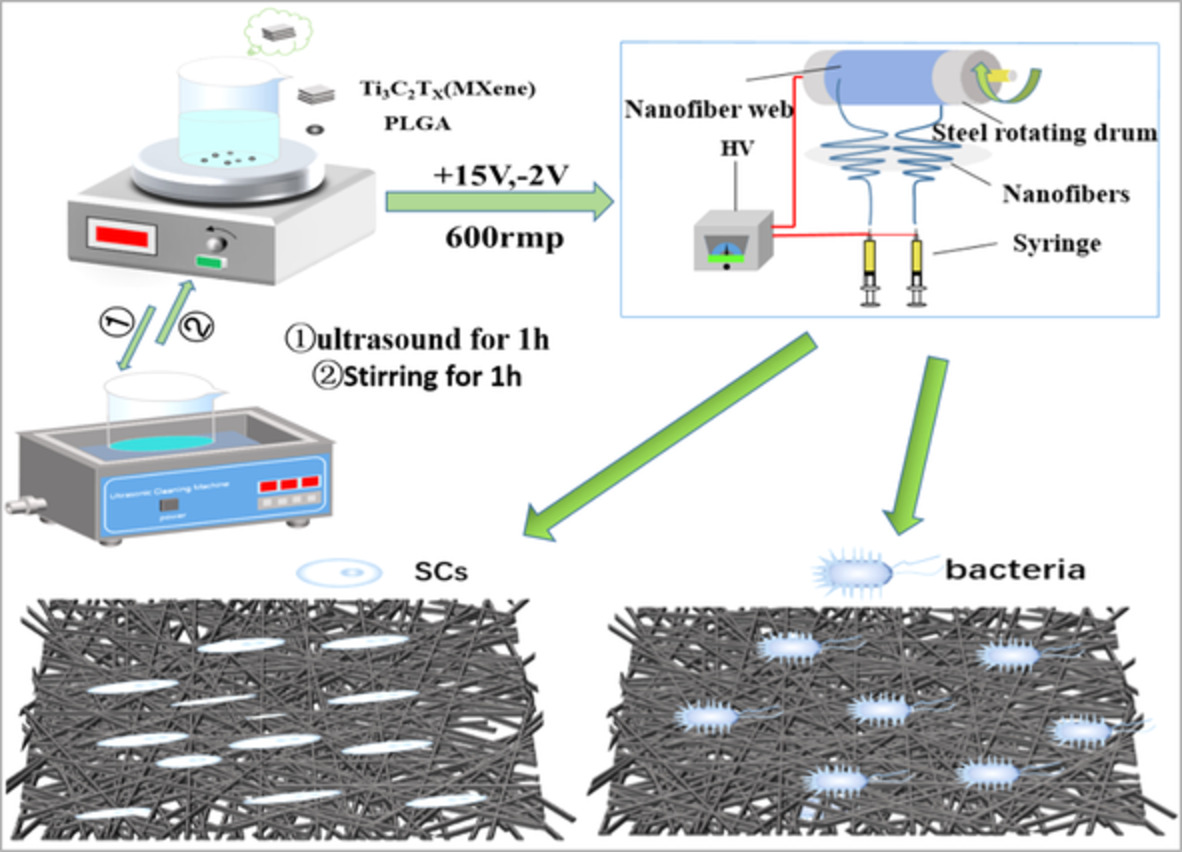Journal list menu
Export Citations
Download PDFs
COVER IMAGE
Cover Image, Volume 140, Issue 5
- First Published: 22 December 2022
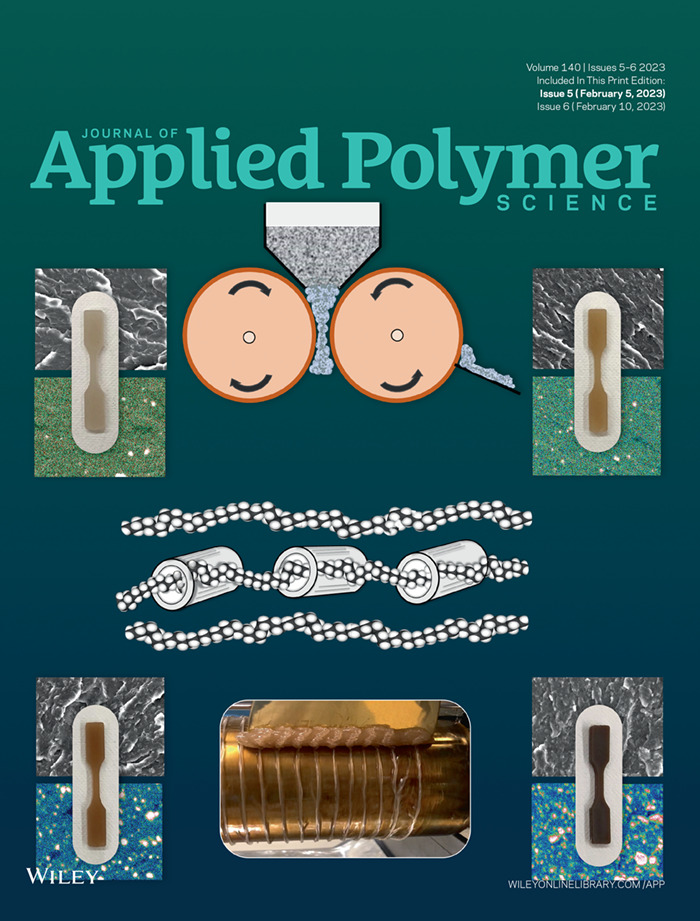
The cover image by Bahareh Baheri, Amy L. Lindenberger, Sumit Sharma, and Sunggyu Lee shows the capability of a two-roll calendaring machine to disperse HNT particles into a linear low-density polyethylene (LLDPE) matrix. Cross-sectional SEM images and EDS Al-mappings below each SEM image of nanocomposite samples with 1 wt.%, 5 wt.%, 10 wt.%, and 30 wt.% HNT loadings are presented. In addition, for each mentioned composition, the dumbbell-shaped injection molded samples are also presented on each SEM/EDS image. A homogeneous distribution of HNTs by the shear forces from a roll mill in concentrations up to 5 wt.%was evidenced by SEM/EDS analysis. It can be concluded that a roll mill can be effectively used in the fabrication of LLDPE/HNT nanocomposites. DOI: 10.1002/app.53259
ISSUE INFORMATION
REVIEW
Nanofabrication of hybrid nanomaterials: Macroscopically aligned nanoparticles pattern via directed self-assembly of block copolymers
- First Published: 24 November 2022
RESEARCH ARTICLES
Characterization of linear low-density polyethylene and halloysite nanotube (LLDPE/HNT) composites based on two-roll calendering melt fabrication
- First Published: 21 October 2022
A study to determine electromagnetic interference-shielding effectiveness on bio-based polyurethane foam reinforced with PVDF/MgO/Ni for emerging applications
- First Published: 24 November 2022
Silane and silazane surface modification of recycled glass fibers for polypropylene composites
- First Published: 22 November 2022
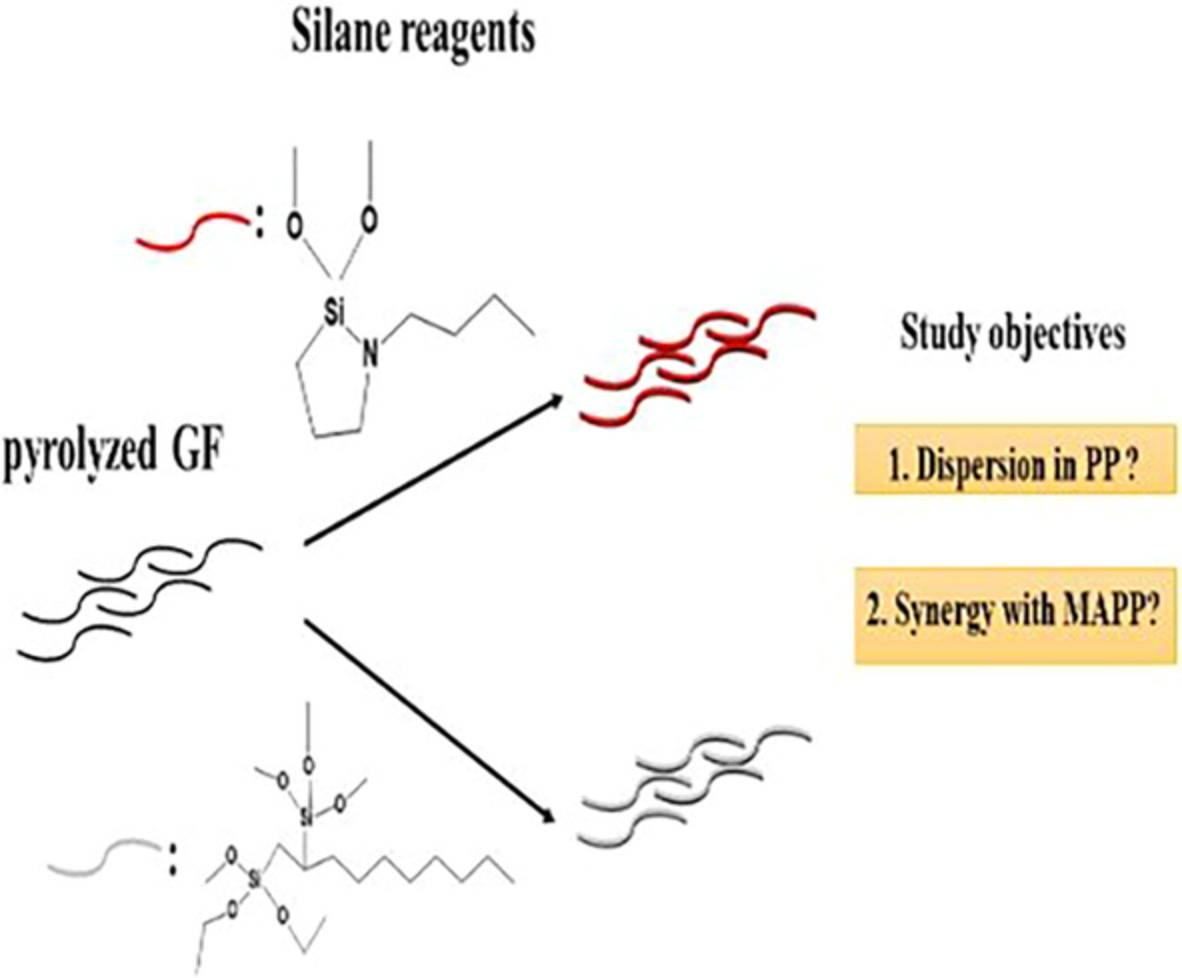
This study investigates the efficiency of multifunctional silane and silazane agents for surface modification of recycled glass fibers. Overall, the amino-silane reagents improve the dispersion of GFs in PP, and permit subsequent reaction with MAPP leading to better compatibilization, with moderate improvements in strength attributed to the modifications.
Morphology biased pharmacological and mechanical properties of nanosized block copolymers of PNIPAM with polyethylene oxide and polyaminoacids in presence of polycaprolactone
- First Published: 21 November 2022
Study on plasma-modified corn stover-humic acid-based superabsorbent resin
- First Published: 17 November 2022
Emission characteristics of volatile organic compounds from regenerated PET fibers based on the headspace gas chromatograph
- First Published: 21 November 2022
All polymer-based transparent composites for electrothermal actuator and supercapacitor
- First Published: 18 November 2022

All polymer-based transparent composites are proposed for the electrothermal actuator and supercapacitor. The transmittances of hierarchical composites is over 40% at the wavelength of 550 nm, which can be used as transparent electrical-driven actuators as well as electrodes for transparent supercapacitors. A series of practical applications are demonstrated, such as transparent grippers, flexible supercapacitor arrays, intelligent integrated electronic system, and so forth.
A novel approach to graft silicones onto waterborne polyacrylate for synthesizing anti-graffiti coatings by polydimethylsiloxane-functionalized RAFT agent
- First Published: 18 November 2022
A detailed experimental parametric analysis of bolted and hybrid bolted/bonded composite joints
- First Published: 17 November 2022
Oxidative stabilization of pitch-polyacrylonitrile composite nanofibers electrospun by incorporating high-percentage inexpensive pitch
- First Published: 15 November 2022
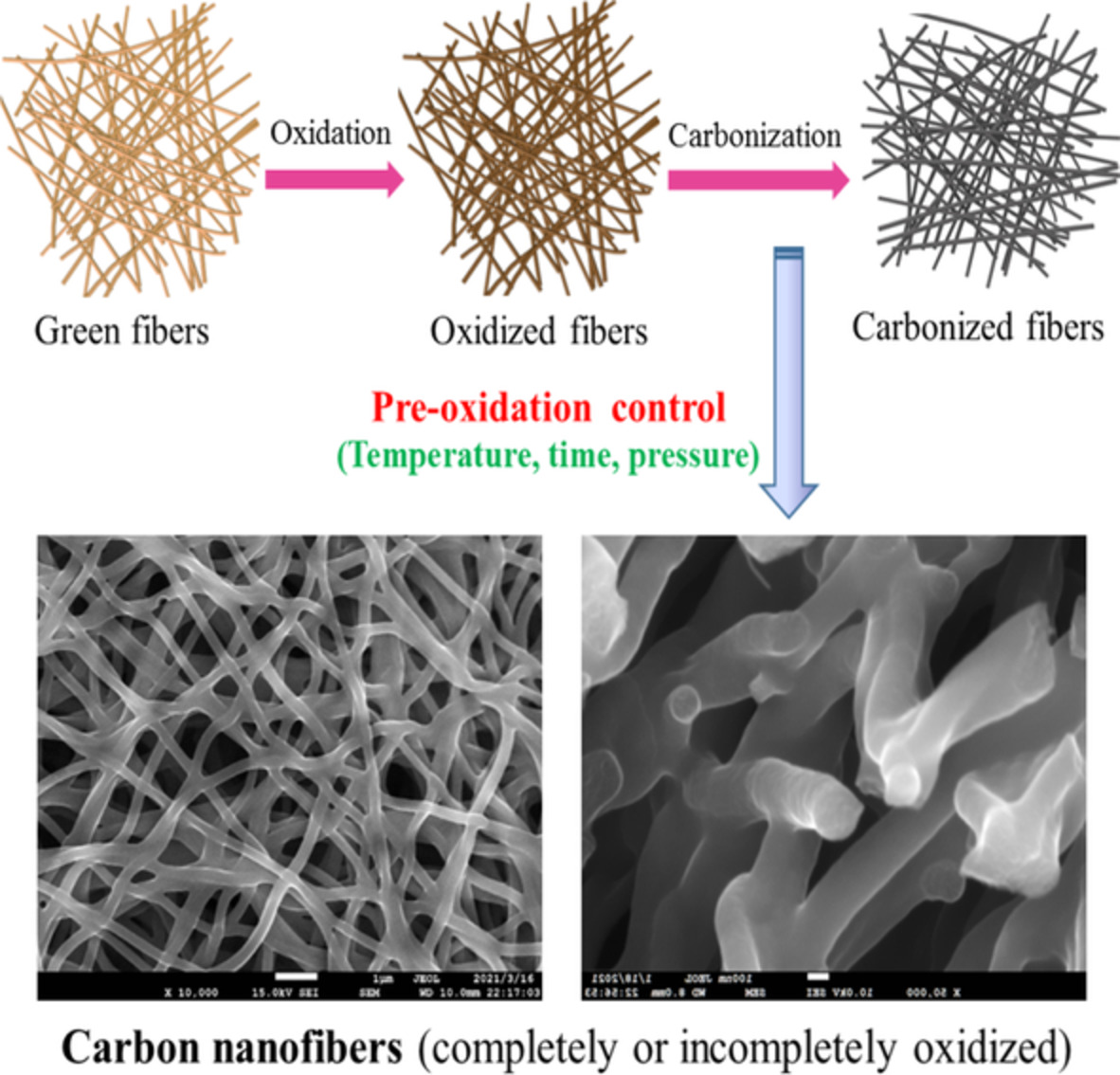
Pitch-polyacrylonitrile composite nanofibers were successfully prepared by a controllable electrospinning technique. Different oxidative stabilization strategies were adopted to solve the preoxidation problem of composite nanofibers incorporating high percentage low-softening-point pitch. The morphology, structure, and physical properties of composite nanofibers could be adjusted by the preoxidation process. This study paves the road for facile preparation of cost-competitive carbon nanofibers.
Effect of polydopamine deposition on wool fibers on the construction of melanin
- First Published: 20 November 2022
A void surface flame retardant strategy for polymeric polyHIPEs
- First Published: 15 November 2022
Synthesis of alkynyl phosphite ligands and its application in the preparation of high stability one-component heat-curable silicone rubber
- First Published: 18 November 2022
Hierarchically structural polyacrylonitrile/MIL-101(Cr) nanofibrous membranes with super adsorption performance for indoxyl sulfate
- First Published: 24 November 2022
Improving glass-fiber epoxy composites via interlayer toughening with polyacrylonitrile/multiwalled carbon nanotubes electrospun fibers
- First Published: 21 November 2022
Synergistic effects of boron nitride sheets and reduced graphene oxide on reinforcing the thermal conduction, SERS performance and thermal property of polyimide composite films
- First Published: 18 November 2022
Oxidation of lubricating oil and its influence on the aging behaviors of fluorine rubber
- First Published: 23 November 2022
The effect of inorganic particles on the breakdown strength and mechanical properties of EVA-based composites
- First Published: 18 November 2022
Mechanical properties, thermal stability, and thermal degradation kinetics of silicone rubber/ethylene-vinyl acetate copolymer/magnesium sulfate whisker composites compatibilized by ethylene-acrylic acid copolymer
- First Published: 21 November 2022
Synthesis of dual-functionalized mixed matrix membrane with amino-GO-Bent/PVDF for efficient separation of CO2/CH4 and CO2/N2
- First Published: 21 November 2022
Simple fabrication of an electrospun polystyrene microfiber filter that meets N95 filtering facepiece respirator filtration and breathability standards
- First Published: 21 November 2022
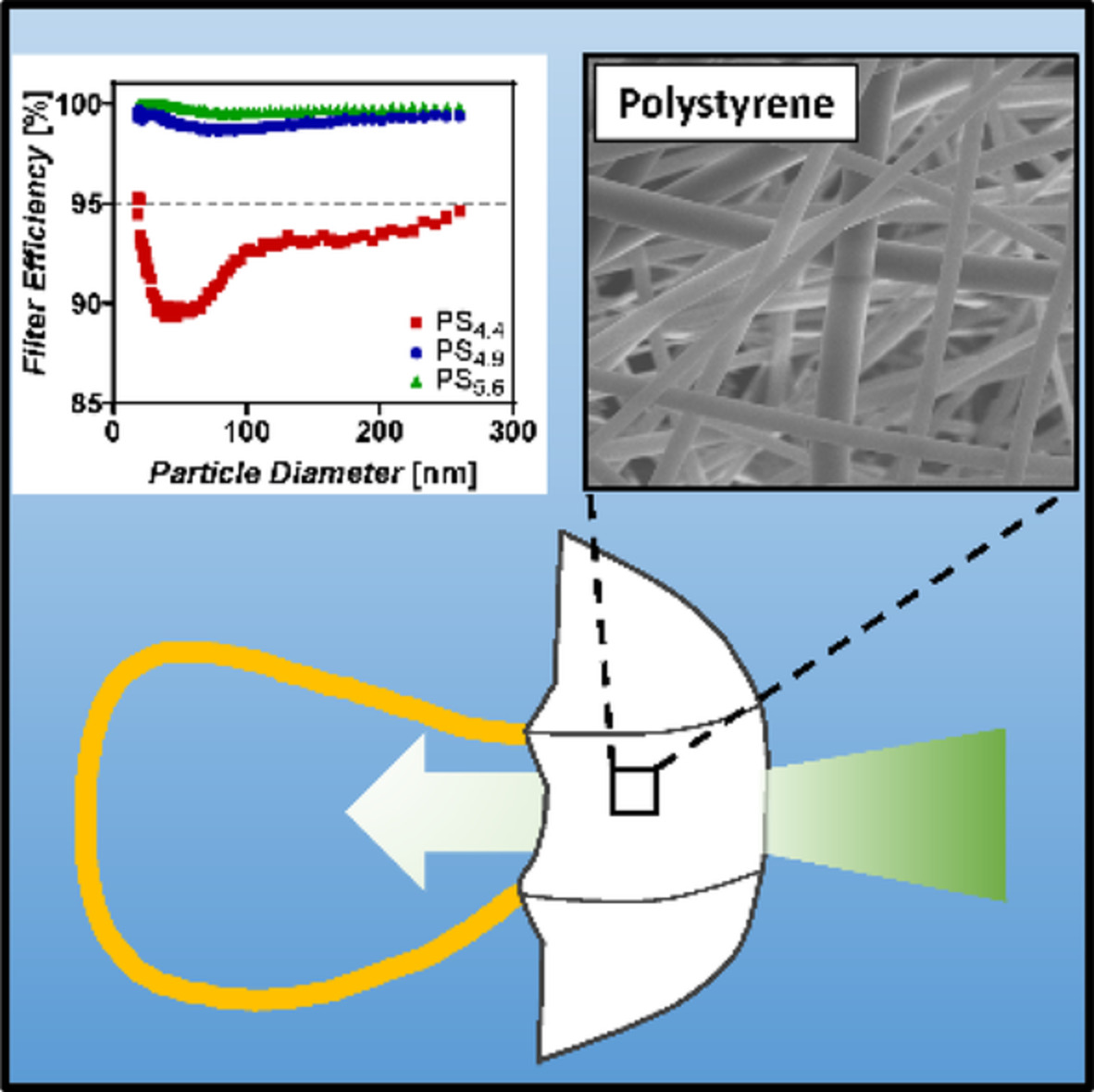
The COVID-19 pandemic led to a backlog of filtration material for N95 Filtering Facepiece Respirators (FFRs). An alternative face mask filter material is presented, consisting of an unsupported, nonwoven layer of uncharged polystyrene microfibers. This microfiber material meets NIOSH N95 FFR filtration and breathability requirements, demonstrates durability upon disinfection, and can be modified with silver nanoparticles for enhanced antibacterial activity.
Synthesis of phenolphthalein/bisphenol A-based poly(arylene ether nitrile) copolymers: Preparation and properties of films
- First Published: 21 November 2022
F3-functionalized nanoscale metal–organic frameworks for tumor-targeting combined chemotherapy and chemodynamic therapy
- First Published: 21 November 2022

In this study, an iron-based nanoscale metal–organic framework (MIL-101(Fe)-N3) was prepared as a pH-responsive drug-loading core, and then polymer Alkyne-PLA-PEG-F3 was stepwise synthesized. The polymer Alkyne-PLA-PEG-F3 was covalently conjugated to the surface of MIL-101(Fe)-N3 by click chemistry reaction, and the modification of the polymer layer not only endowed the nanocarriers with targeting ability, but also improved its stability and biocompatibility. TEM and DLS results showed that the particle size and average hydrodynamic diameter of MIL-101-PLA-PEG-F3 were 130 nm and 263.0 ± 3.1 nm, respectively. The MIL-101-PLA-PEG-F3 exhibited a high drug loading rate for Doxorubicin (DOX), as well as good hydroxyl radical (•OH) generation ability and pH-responsive drug release ability. The in vitro cytotoxicity test showed that DOX/MIL-101-PLA-PEG-F3 exhibited good cell killing properties on MDA-MB-231 cells, and could achieve the enhanced antitumor effect of chemotherapy combined with chemodynamic therapy. In addition, both in vitro and in vivo experiments have shown that it has tumor-targeted drug delivery capabilities.
Plasma surface modification of graphene oxide nanosheets for the synthesis of GO/PES nanocomposite ultrafiltration membrane for enhanced oily separation
- First Published: 22 November 2022
Sustained antioxidant properties of epigallocatechin gallate loaded halloysite for PLA as potentially durable materials
- First Published: 26 November 2022
Enhanced the antifouling and antibacterial performance of PVC/ZnO-CMC nanoparticles ultrafiltration membrane
- First Published: 22 November 2022
Effect of the nanoparticles on the morphology and mechanical performance of thermally blown 3D printed HIPS foams
- First Published: 21 November 2022
Effect of accelerated aging on properties of biobased polymer films applicable in printed electronics
- First Published: 21 November 2022
Fabrication of flexible carbon dioxide gas sensor with conductive polymer/reduced graphene oxide hybrids: Effects of substrate type and mass ratio
- First Published: 21 November 2022

PANI/rGO was coated onto three different types of flexible substrates (namely filter paper, cotton fabric, and weighing paper) through in-situ reduction and polymerization methods. Surface morphology of the uncoated flexible substrates and those coated with different mass ratios of PANI/rGO was evaluated using scanning electron microscope. PANI/rGO coated filter paper showed highest electrical conductance and was used for detection of CO2 gas.
Design and preparation of durable anti-icing polysilazane coatings with abrasion and UV resistance
- First Published: 30 November 2022
Improved thermal conductivity of epoxy resins using silane coupling agent-modified expanded graphite
- First Published: 23 November 2022
Correlation between structural evolution and rheological properties for polycarbonate in the molten state
- First Published: 22 November 2022
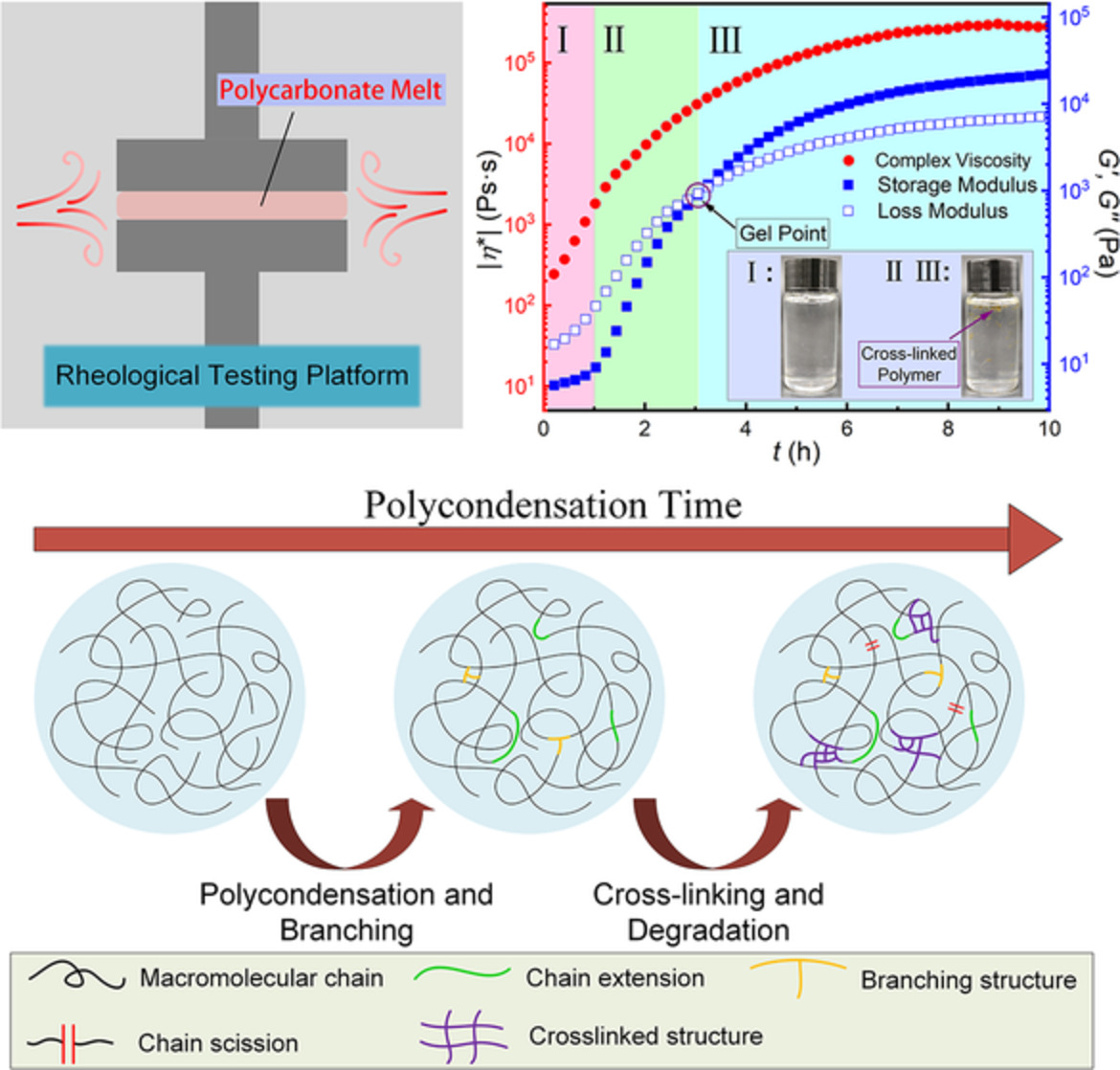
Dynamic frequency sweep was utilized to conduct a further investigation on the melt post-polycondensation (MPP) process in commercial polycarbonate (PC) by a forced gas sweeping. Results indicate that the crosslinked polymer was generated and it significantly affects the rheological properties of PC. Finally, a schematic diagram of structural evolution was exhibited during the MPP process.
Thermo-oxidative aging of acrylonitrile-butadiene rubber gaskets with real geometry used in plate heat exchangers
- First Published: 22 November 2022

Progression of aging time and temperature-induced an increase in compression set, hardness, and cross-link density. In high temperatures, non-uniform aging of the NBR gaskets was observed due to the limited diffusion oxidation (DLO) effects. Longer gaskets specimen showed slower aging than shorter ones, which resulted in a more significant lifetime prediction. Real-scale geometry is an essential factor when studying aging in elastomers.
Corrosion protection of stainless steel by a new and low-cost organic coating obtained from cashew nutshell liquid
- First Published: 23 November 2022
Physical and mechanical properties of kenaf/flax hybrid composites
- First Published: 22 November 2022
Polyphenylalanine ionic liquid for the extraction and determination of Allura red in food samples
- First Published: 26 November 2022
Properties of polyamide 6/multiwalled carbon nanotubes composites: The influence of processing methods
- First Published: 22 November 2022
Synergistic action of expandable graphite on fire safety of a self-intumescent flame retardant epoxy resin
- First Published: 24 November 2022
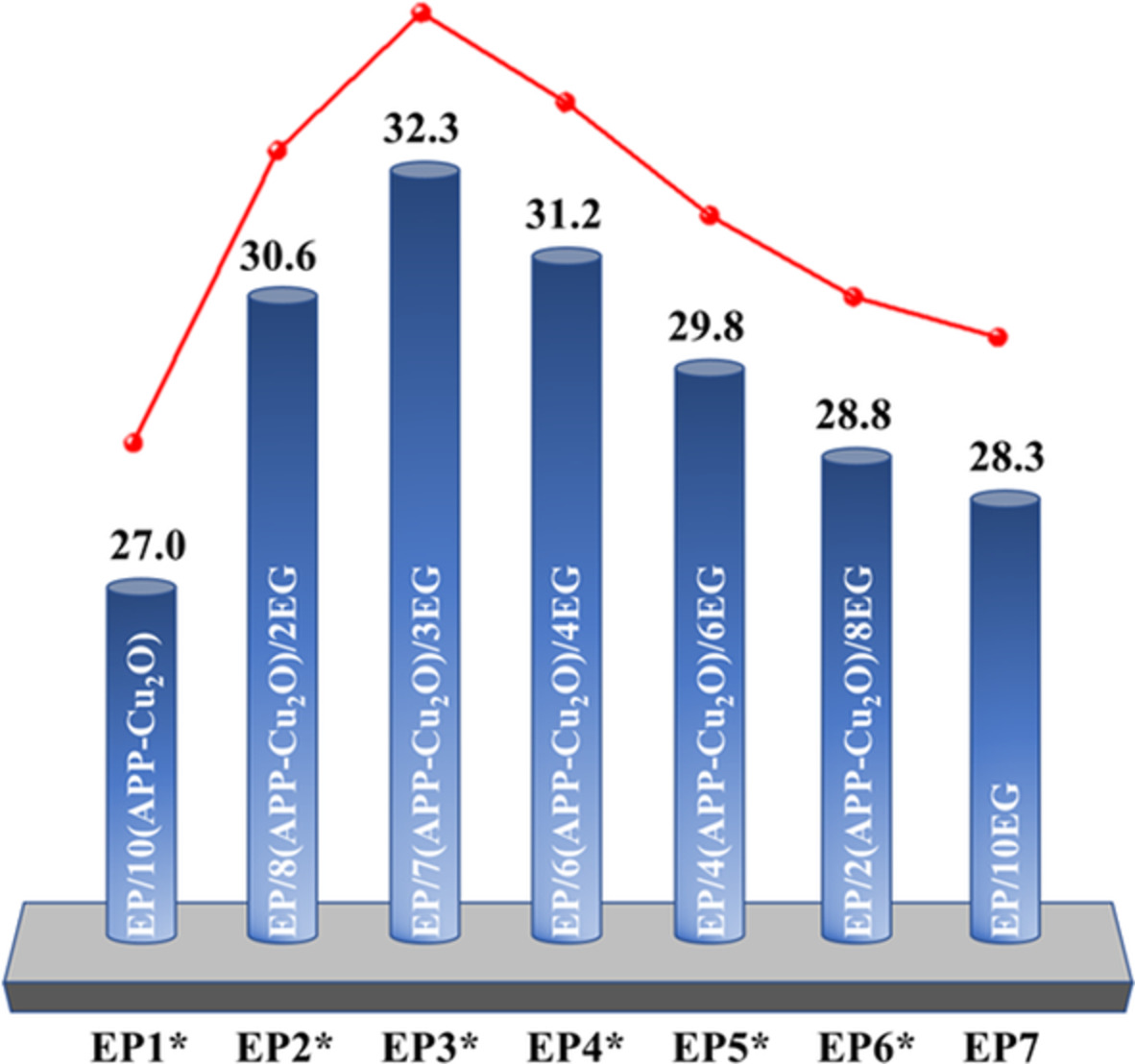
This article revealed the synergistic action of EG on improving the fire safety of a self-intumescent flame retardant EP by LOI, and demonstrated that the optimal mass ratio combination based on LOI, significantly improve the FR and fire safety parameters in UL-94 and cone calorimeter tests. Based on analysis of the morphologies of char residues and mass loss rate obtained from cone calorimeter tests, a possible action mode was proposed to elucidate the combination effect of EG and APP8-Cu2O2 on enhancing the fire safety of EP, which will provide a beneficial inspiration for developing other flame retardant polymers with high fire safety.
Conductive and antibacterial scaffold with rapid crimping property for application prospect in repair of peripheral nerve injury
- First Published: 24 November 2022





